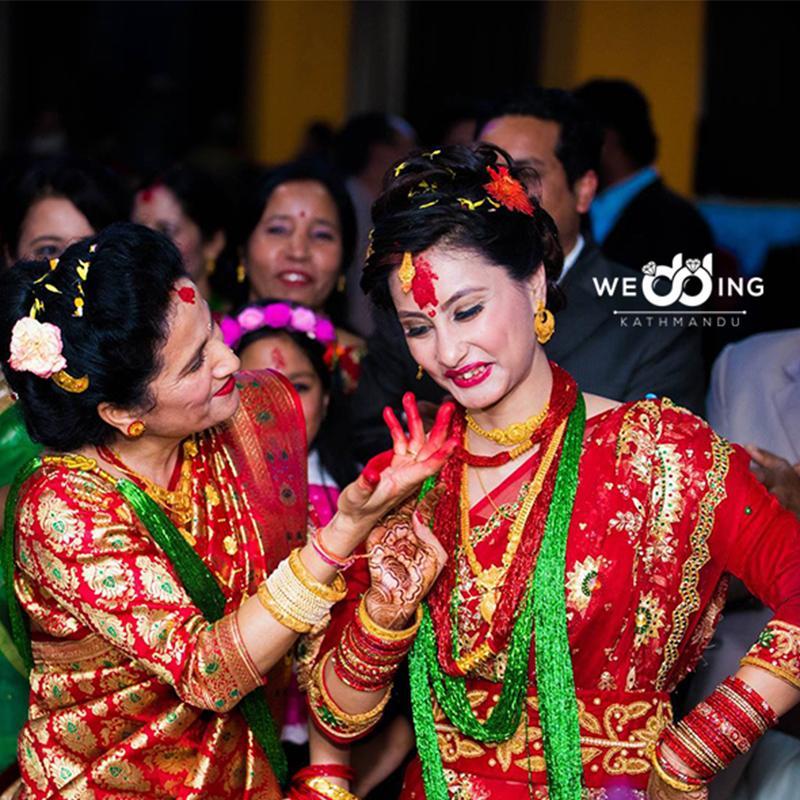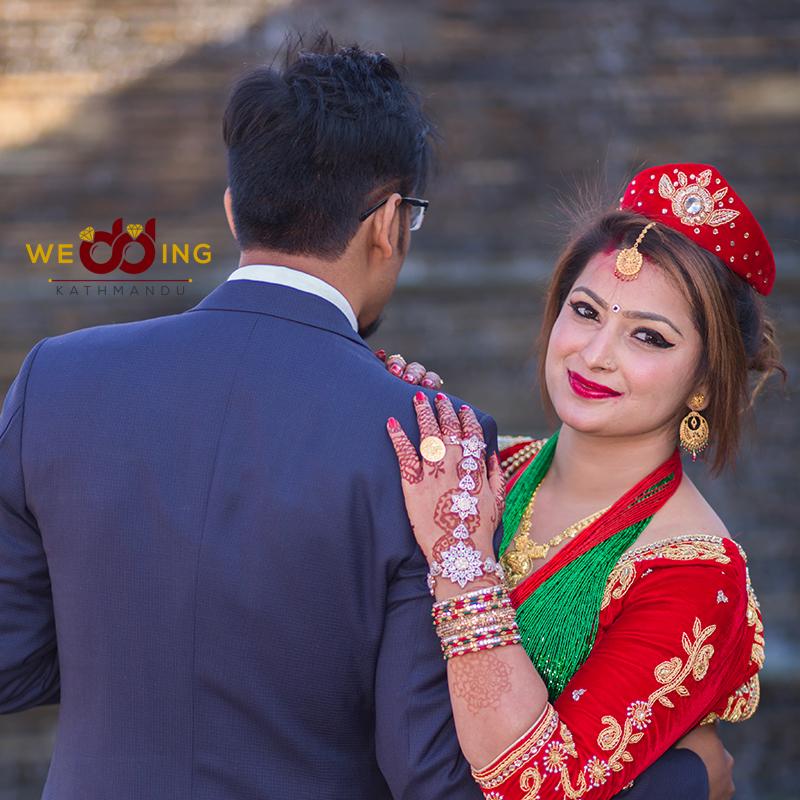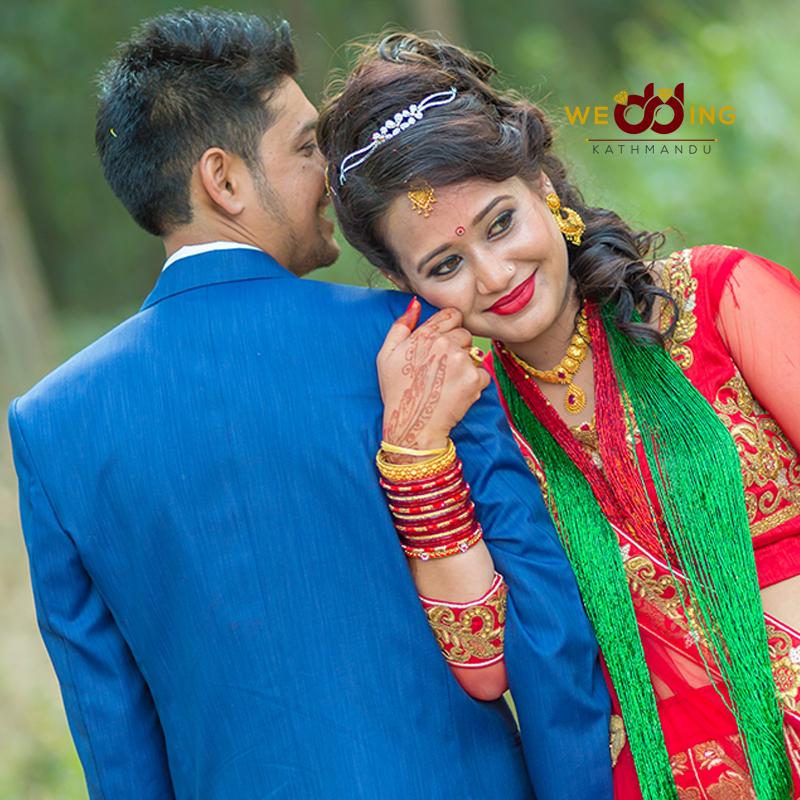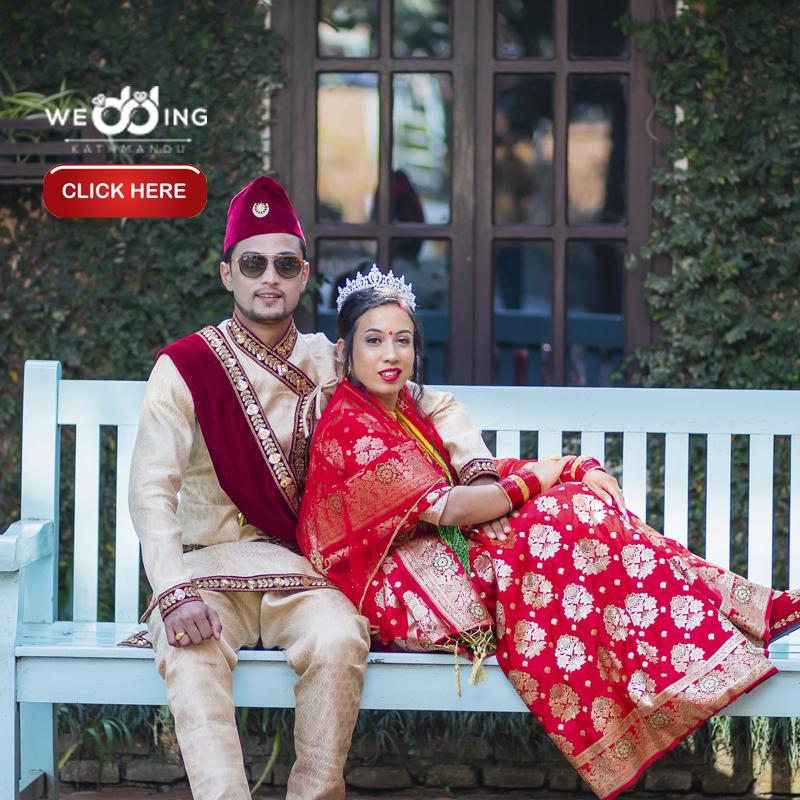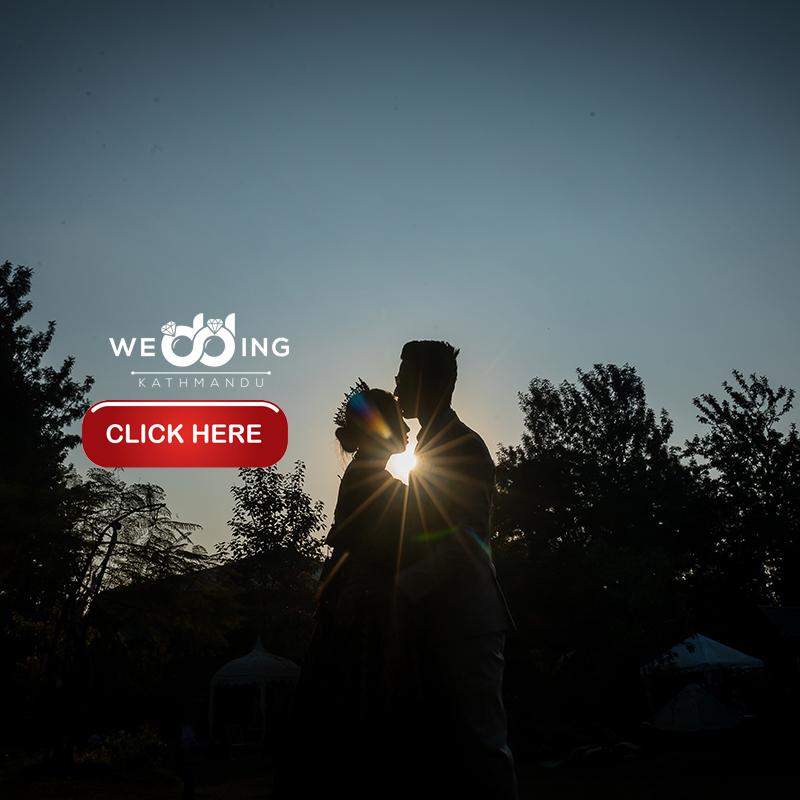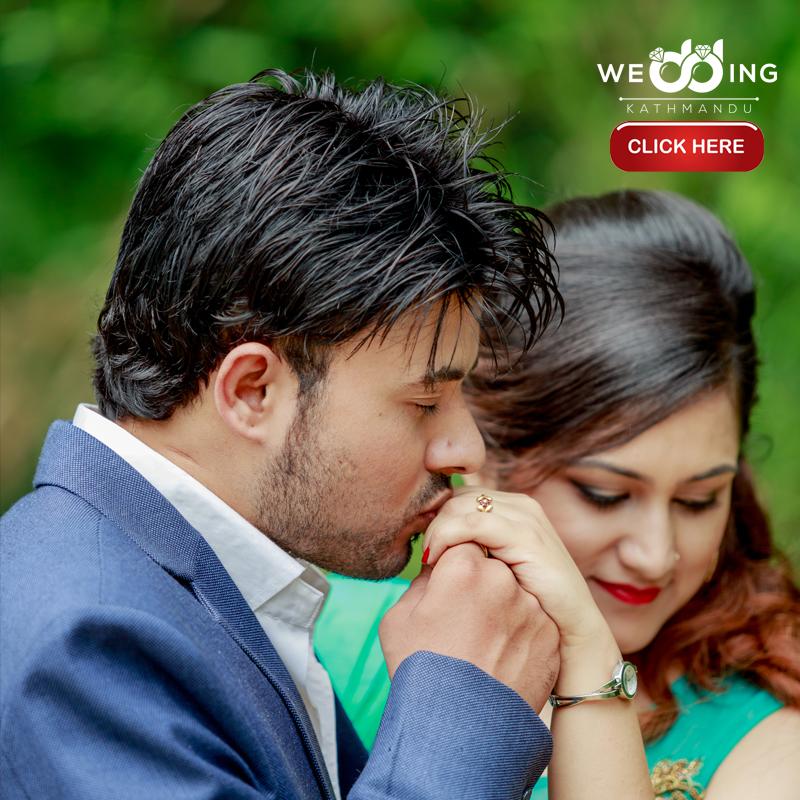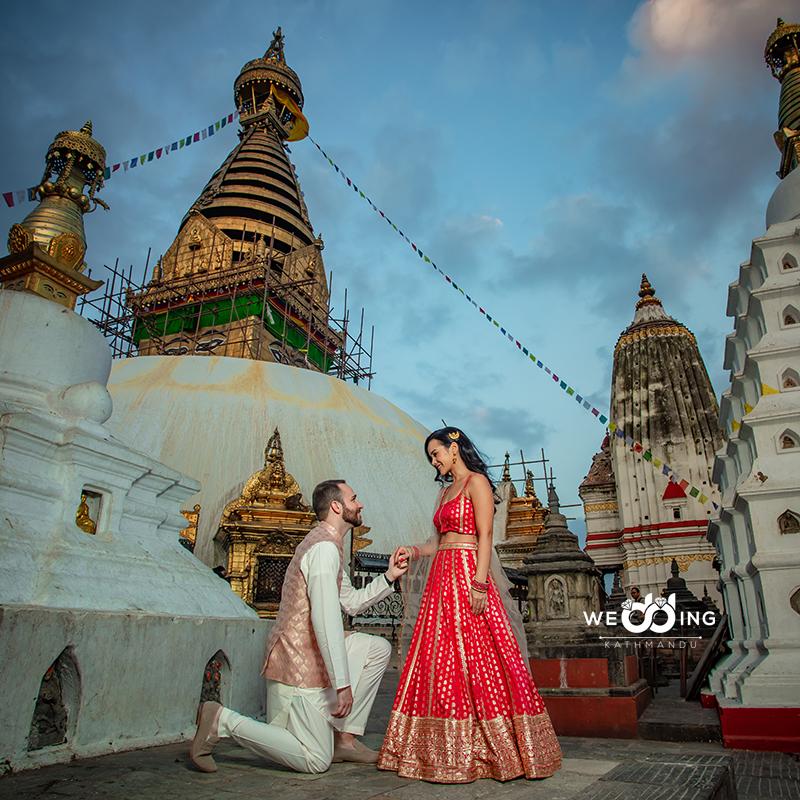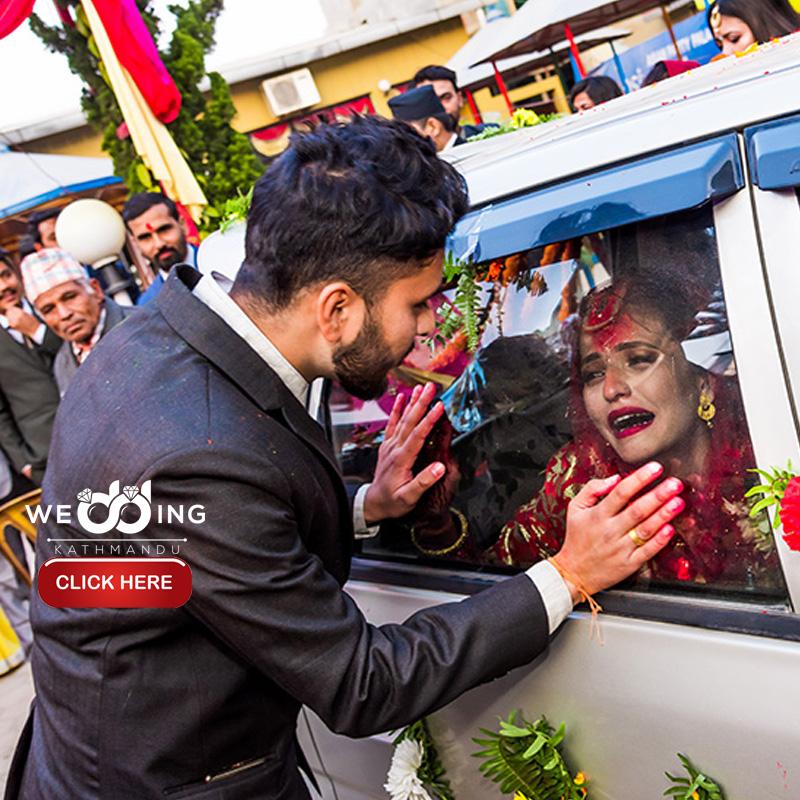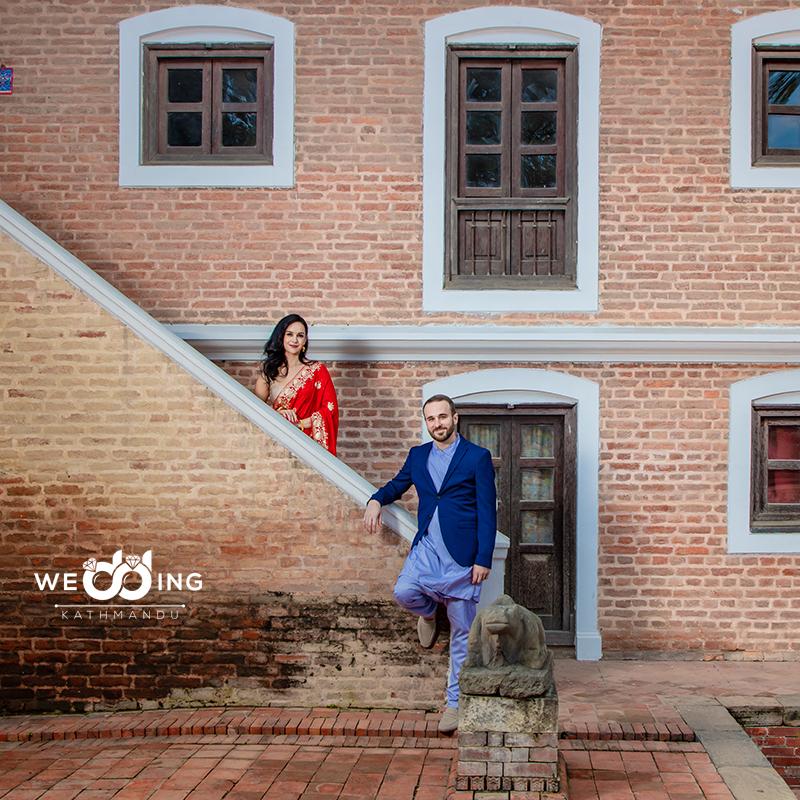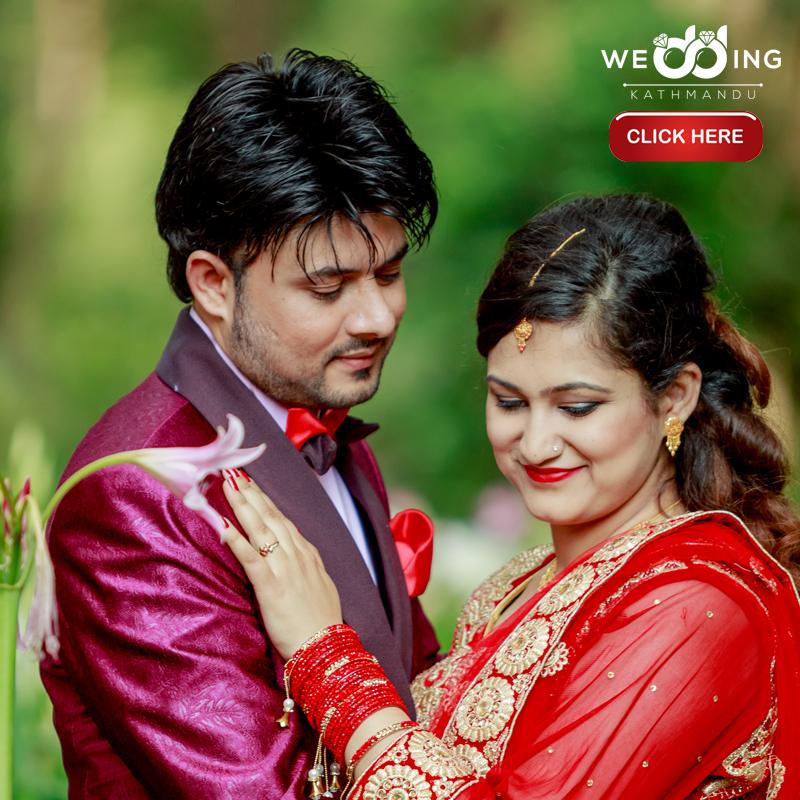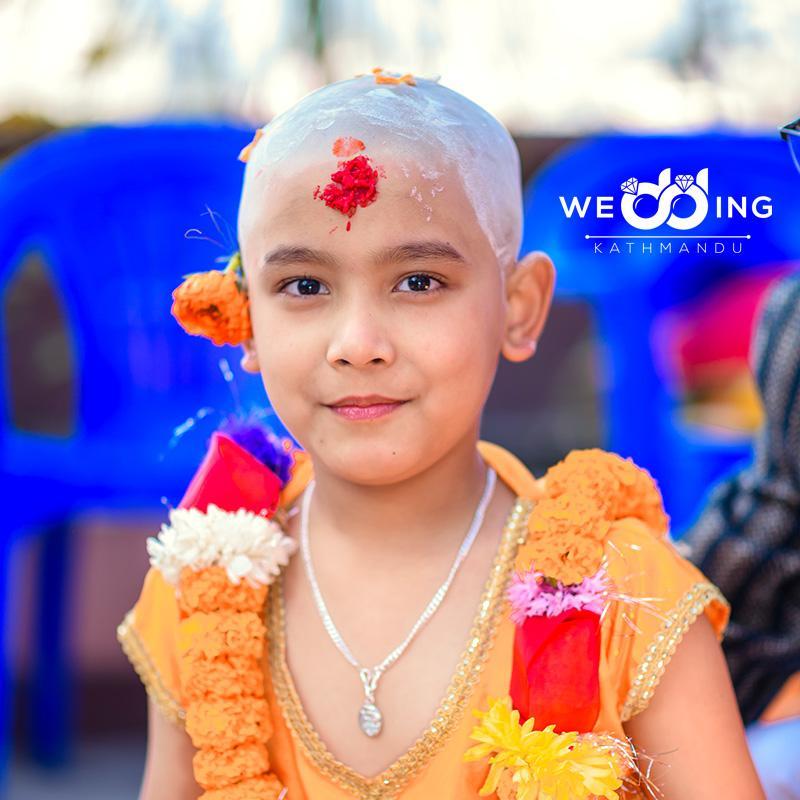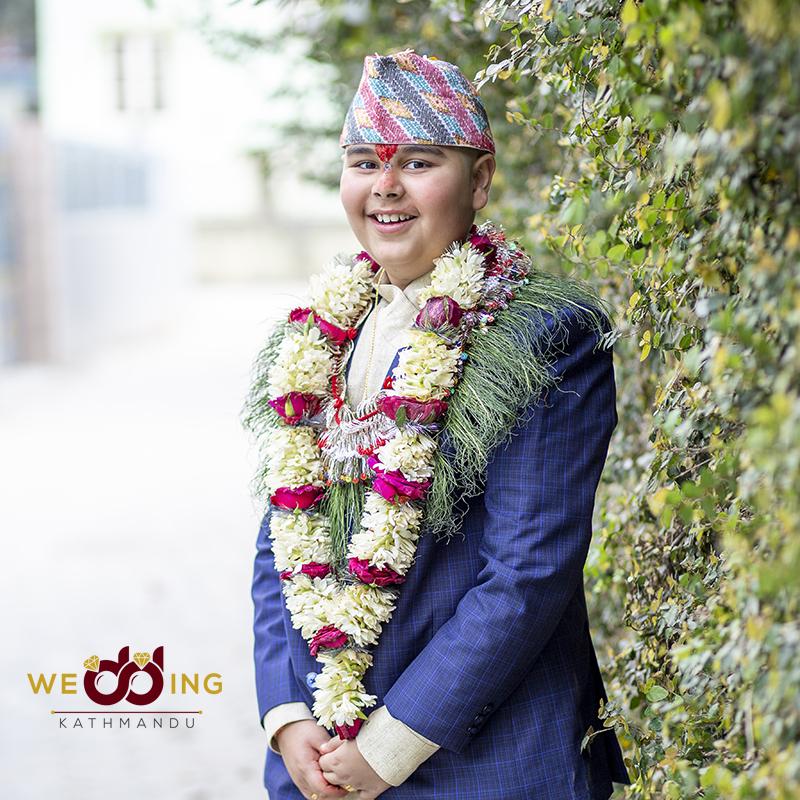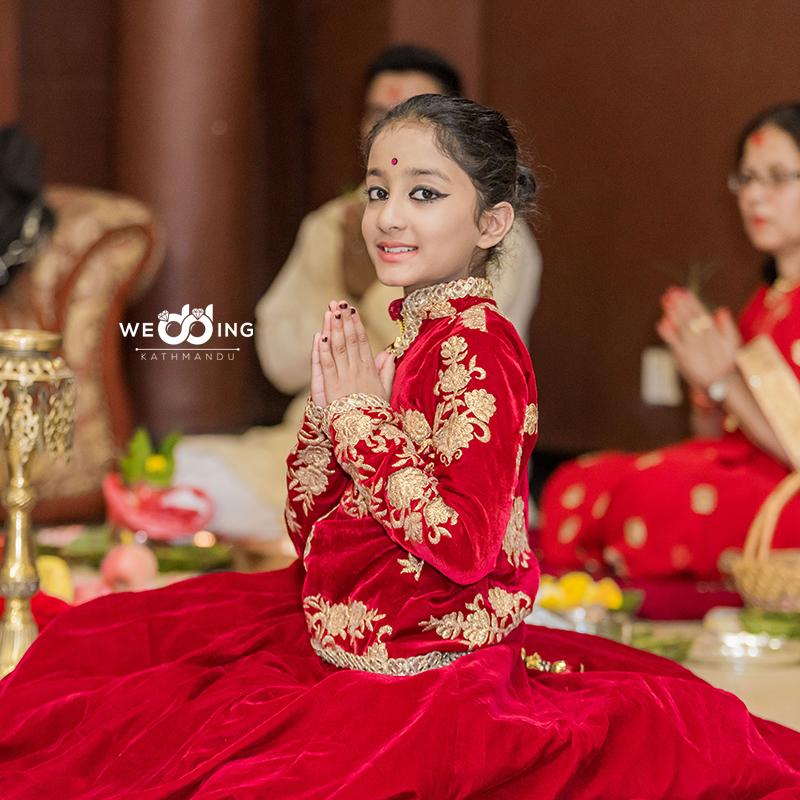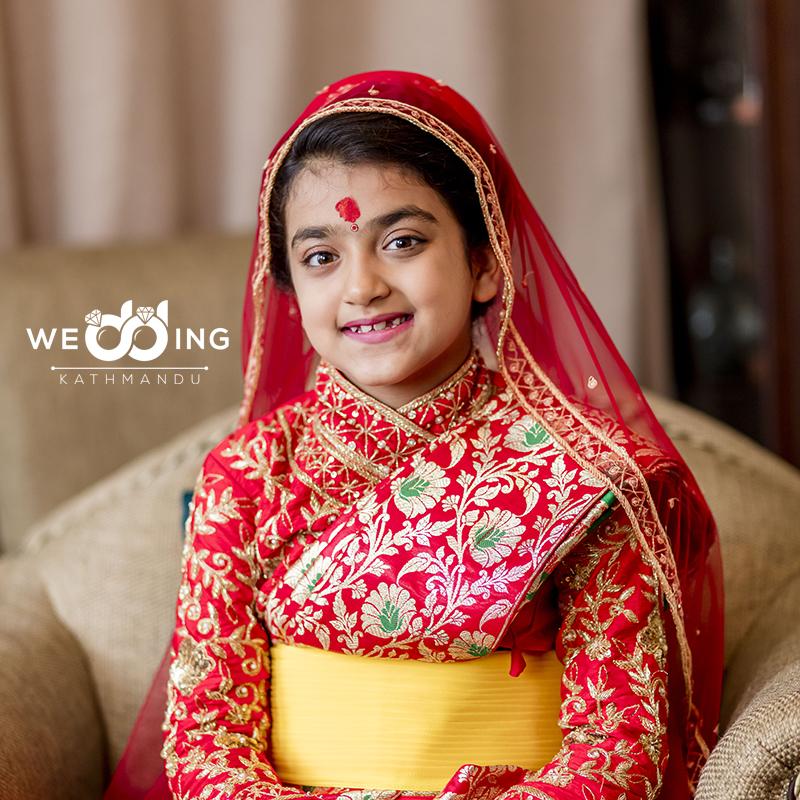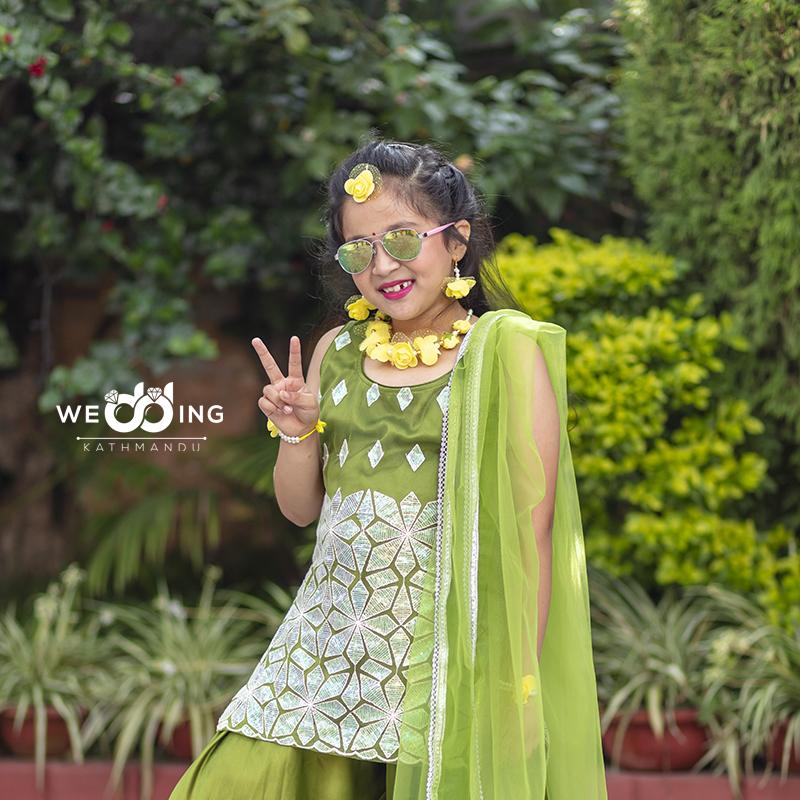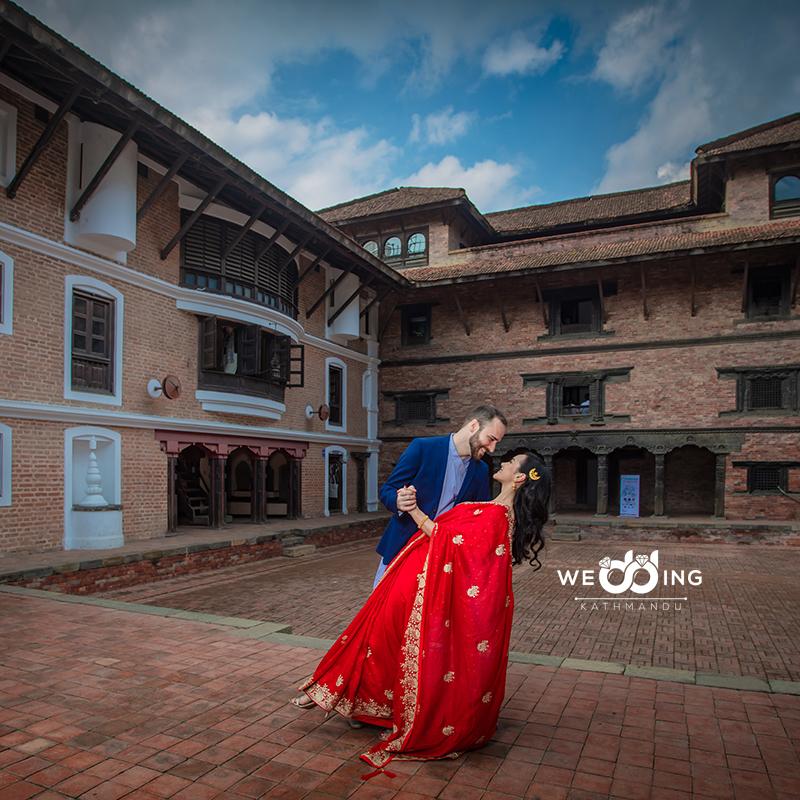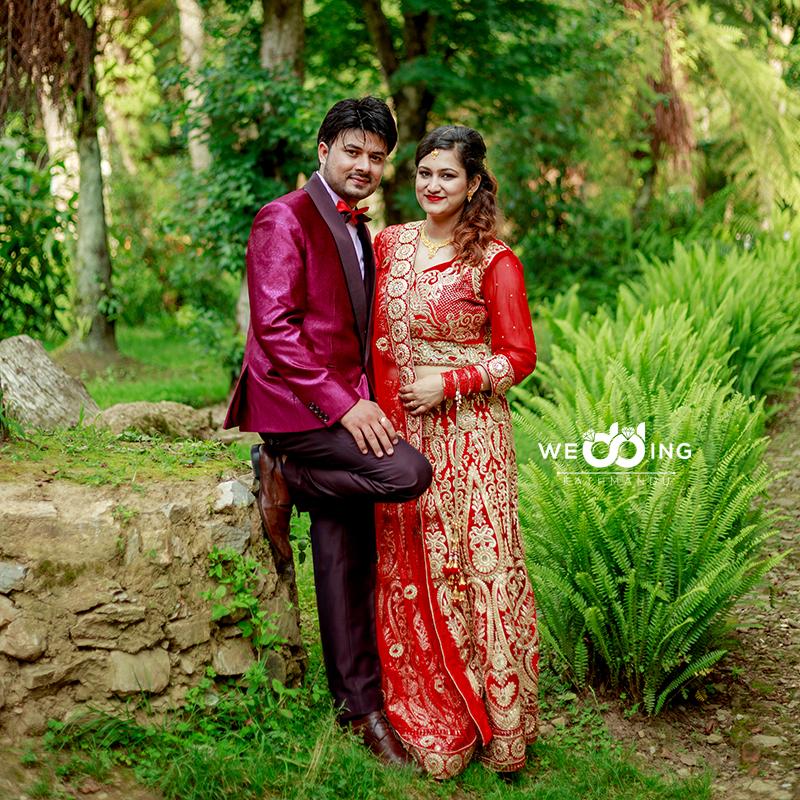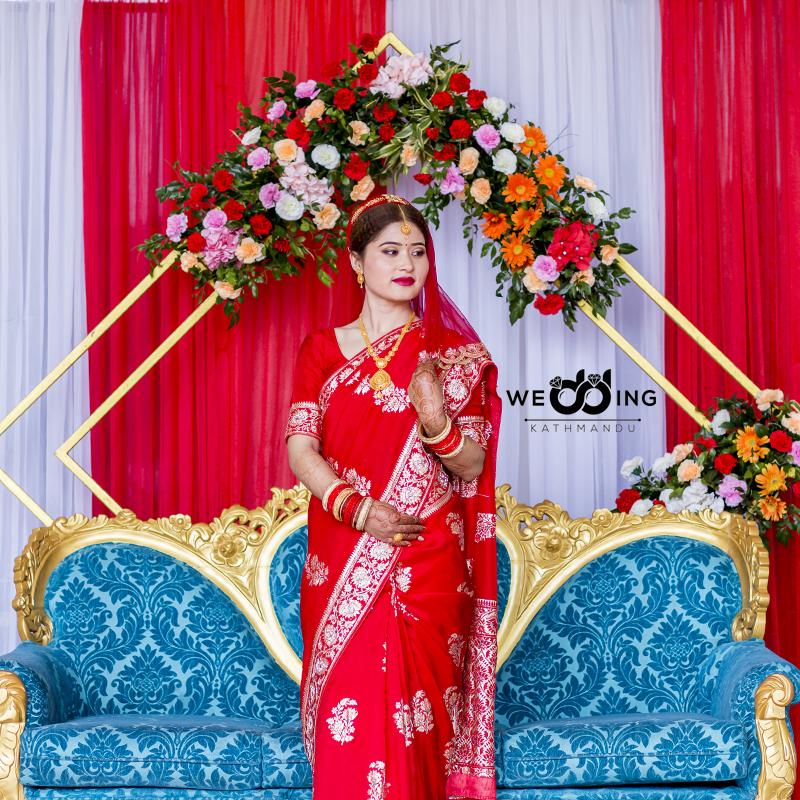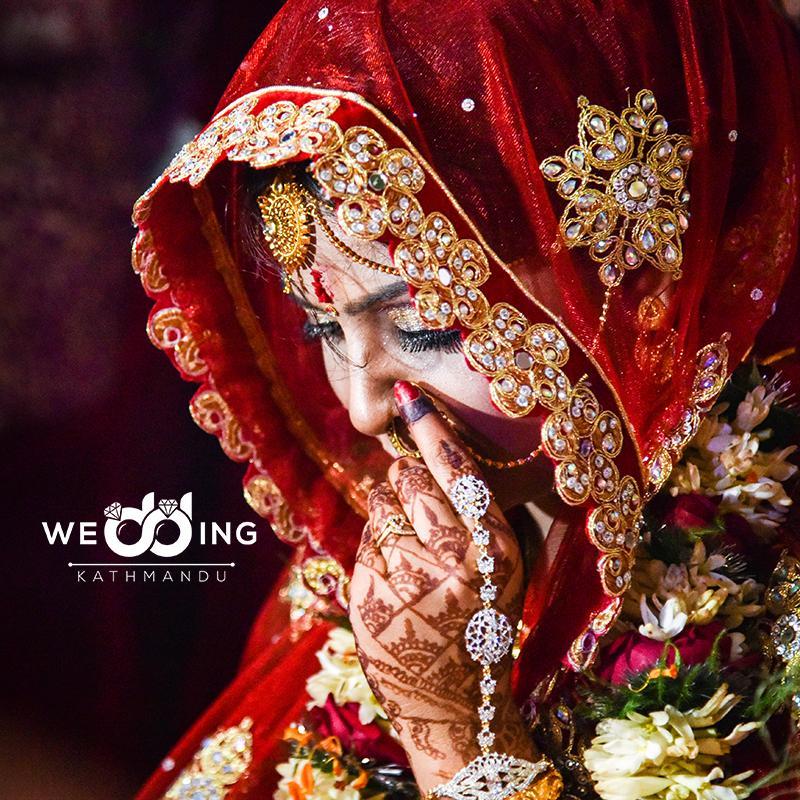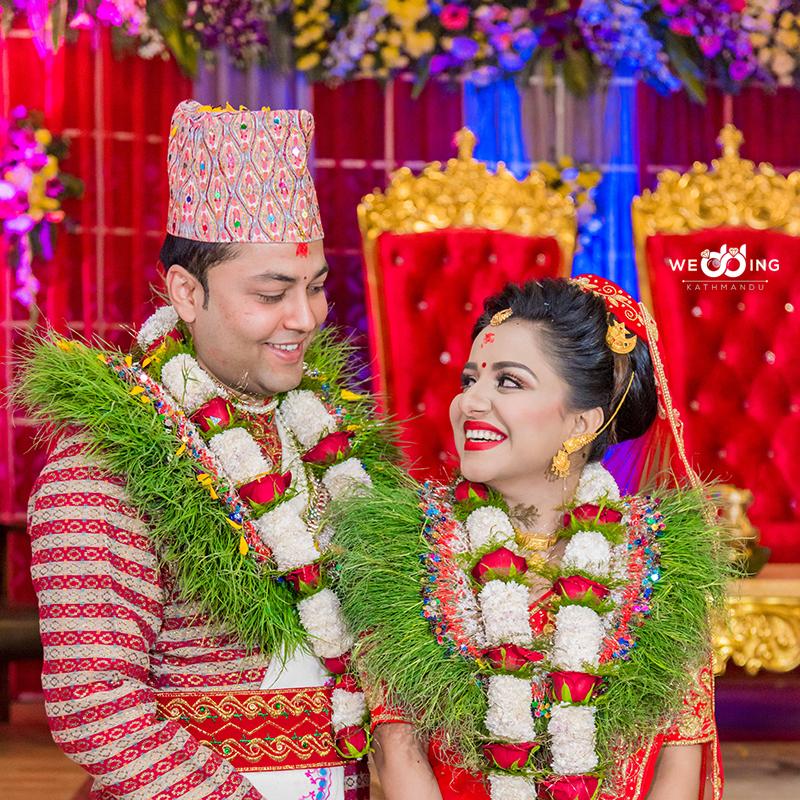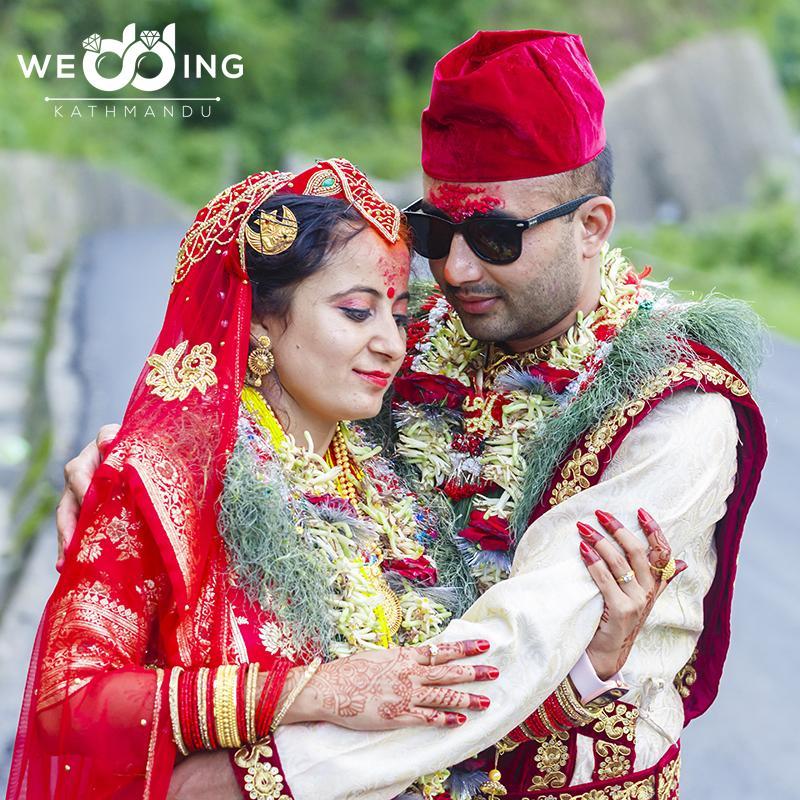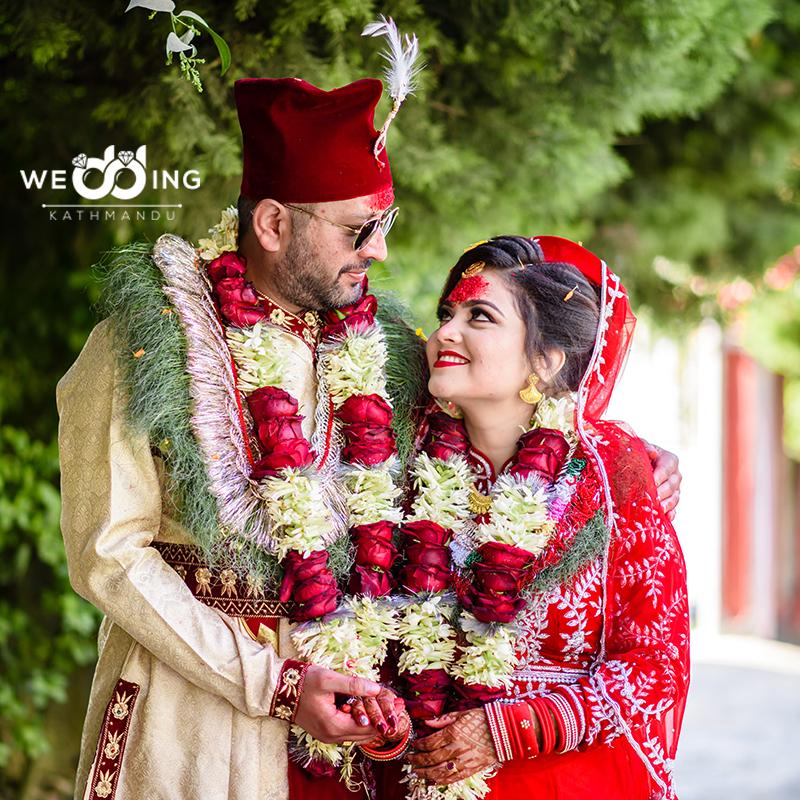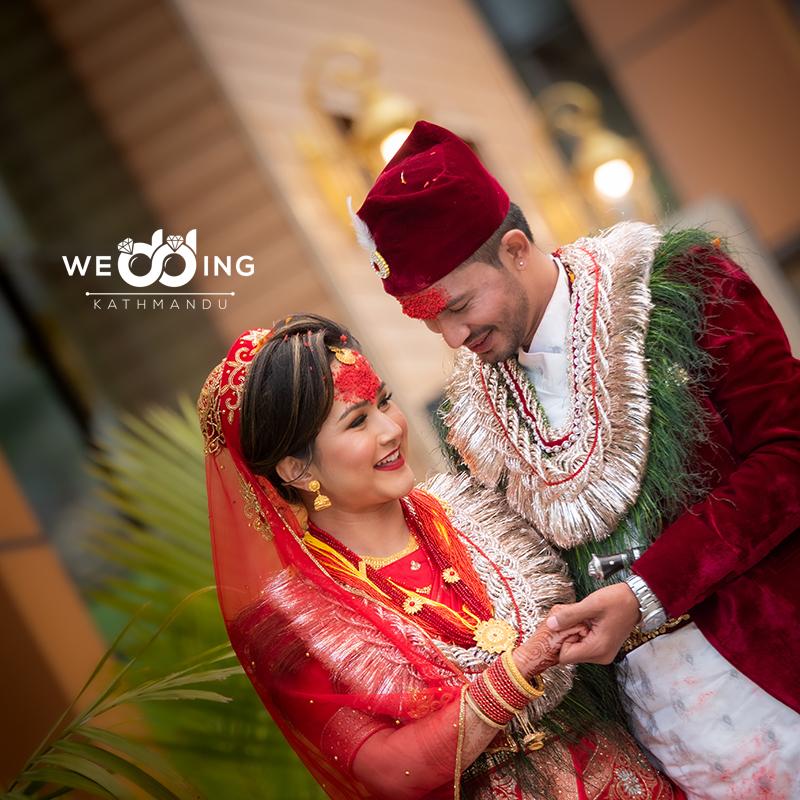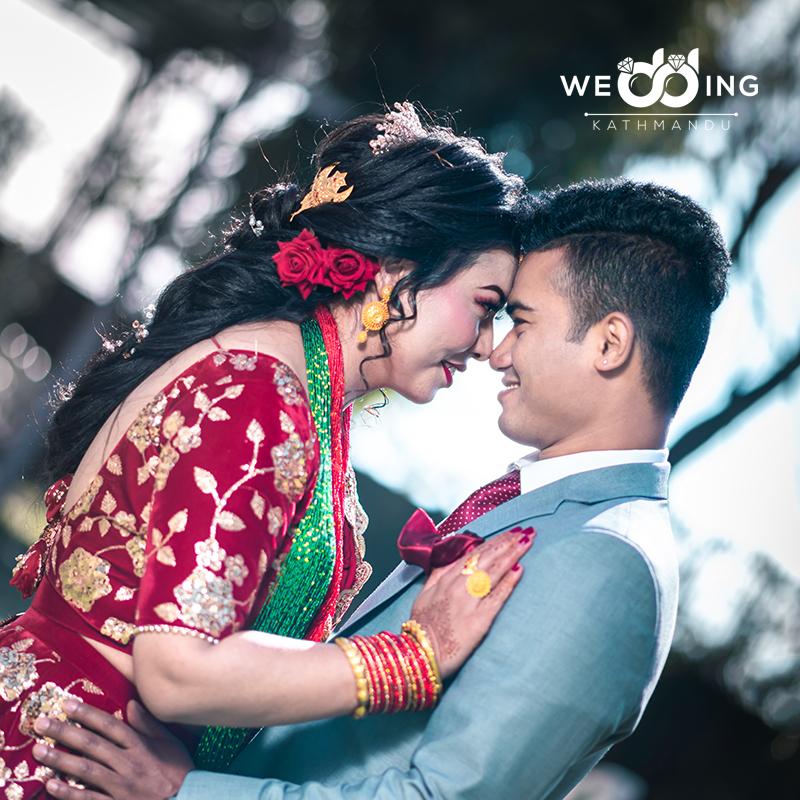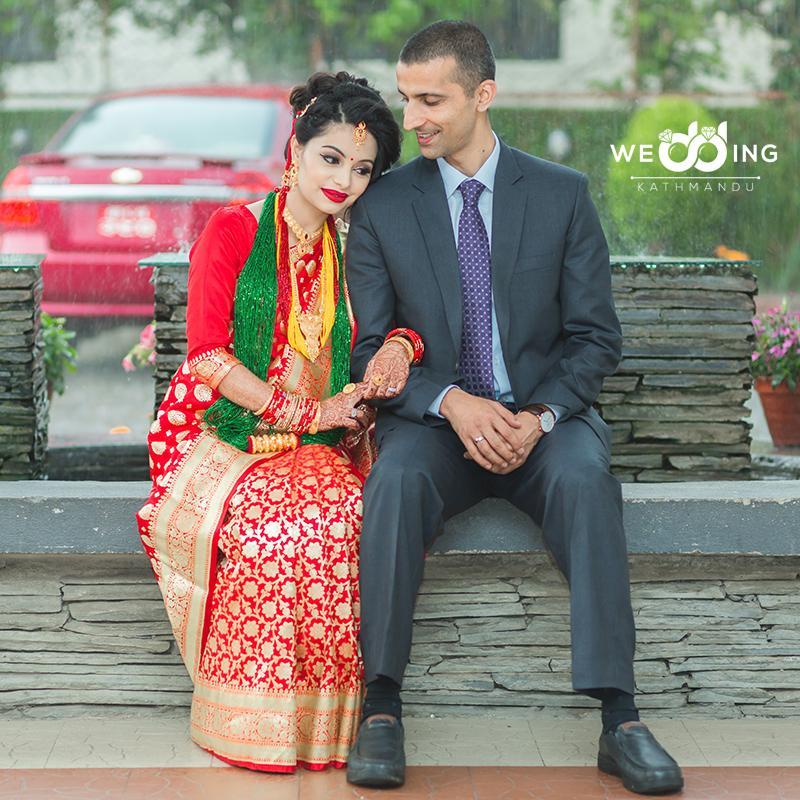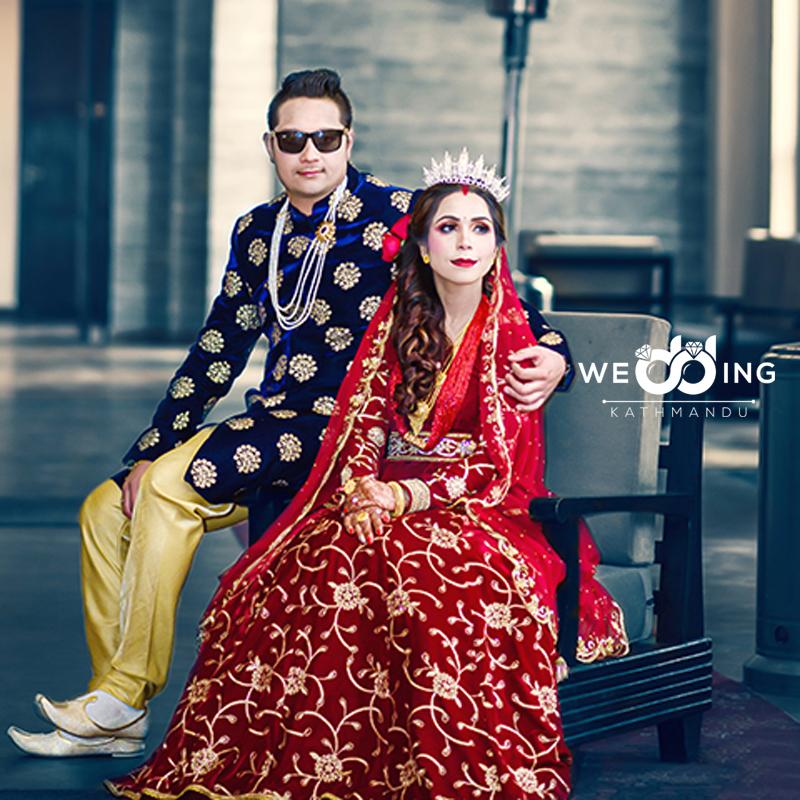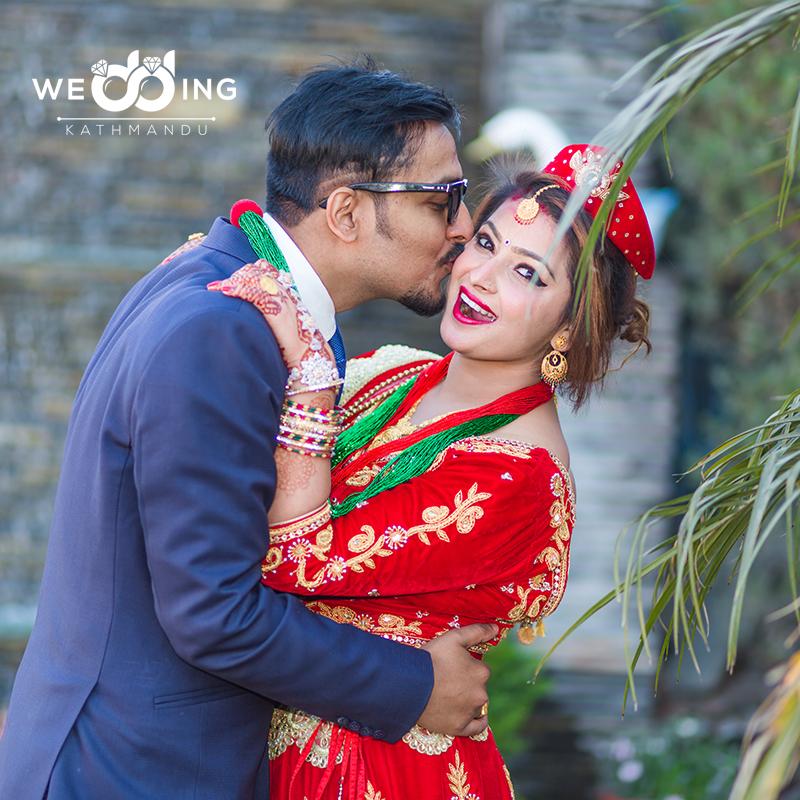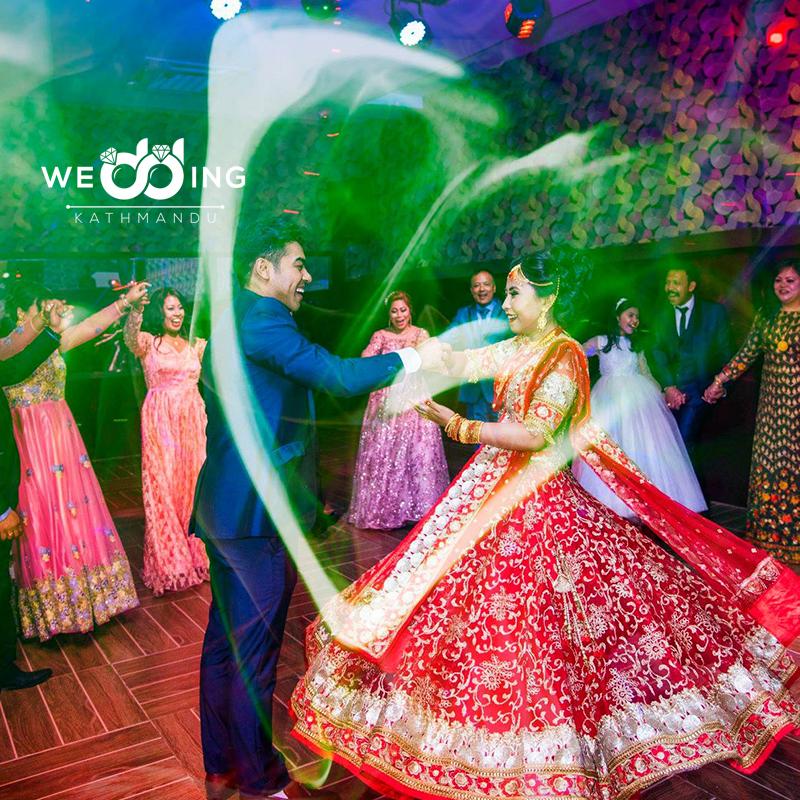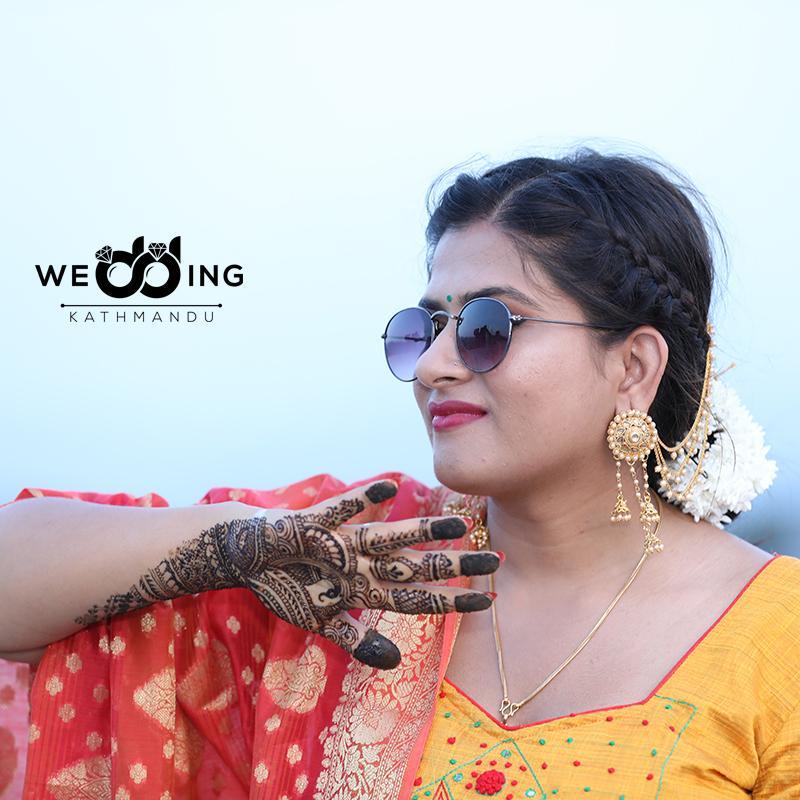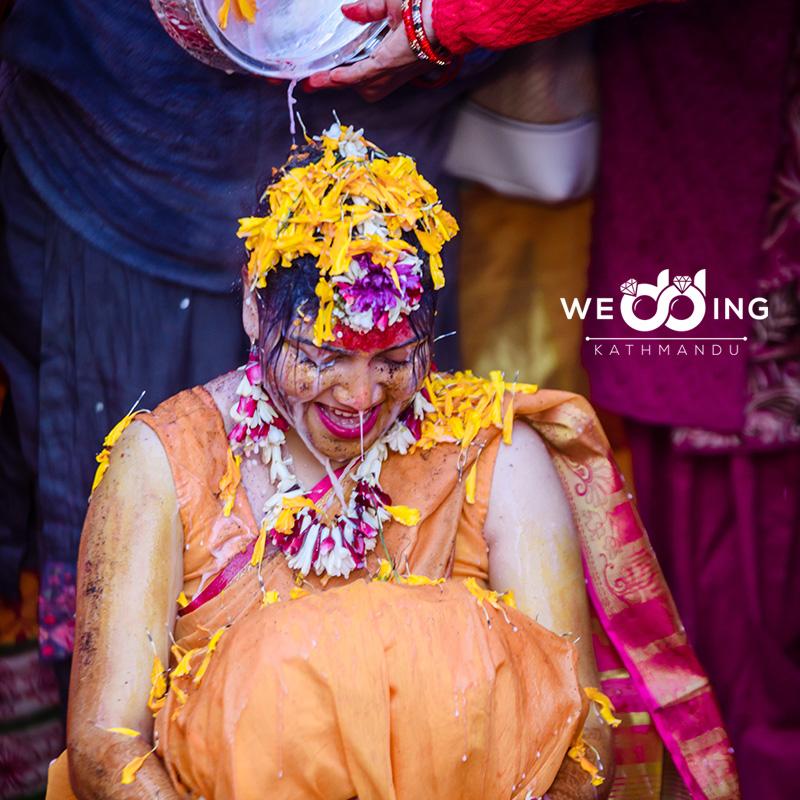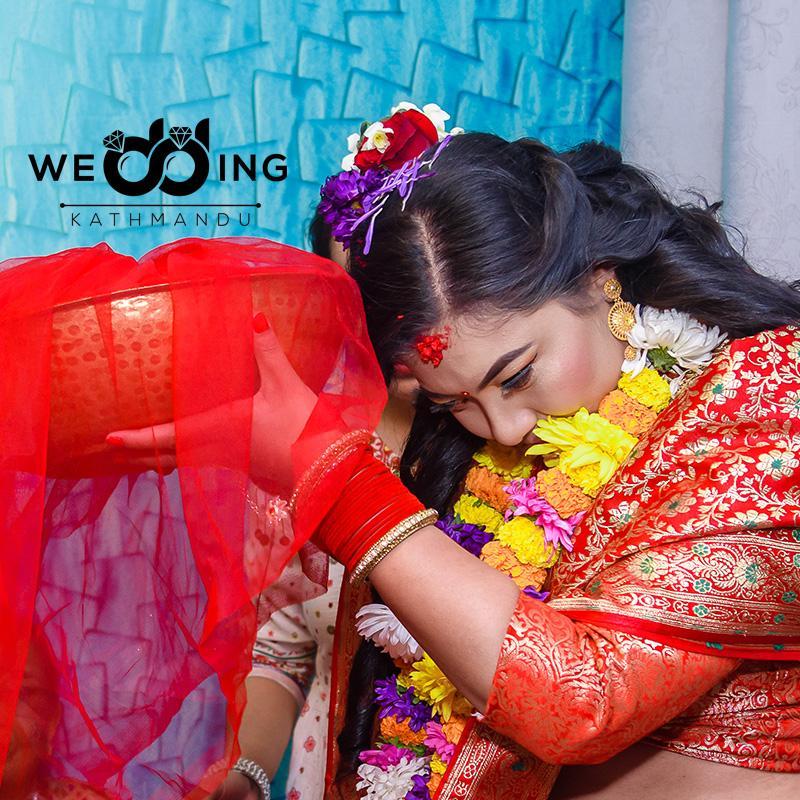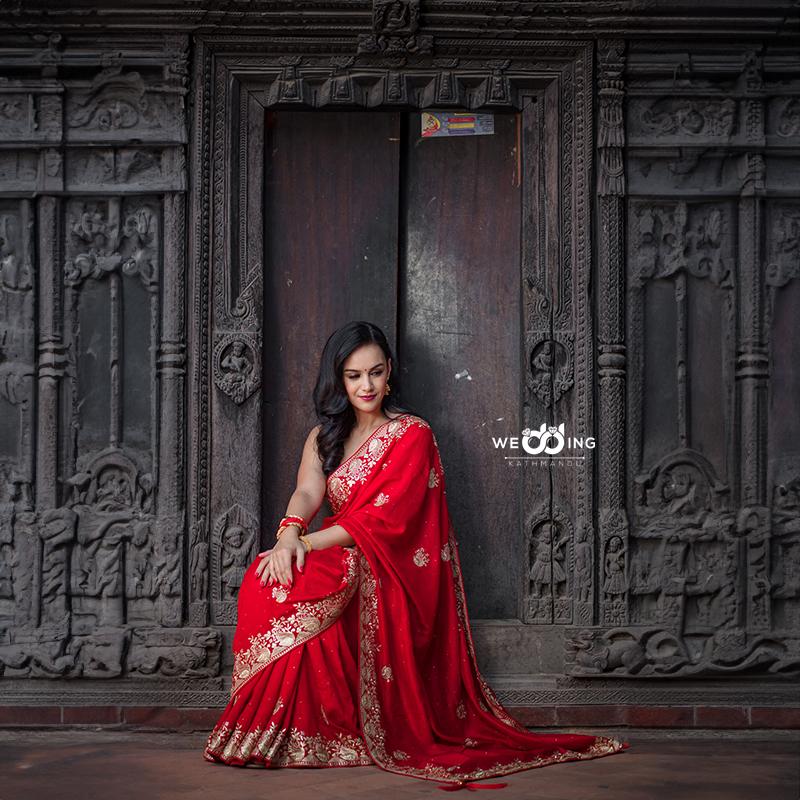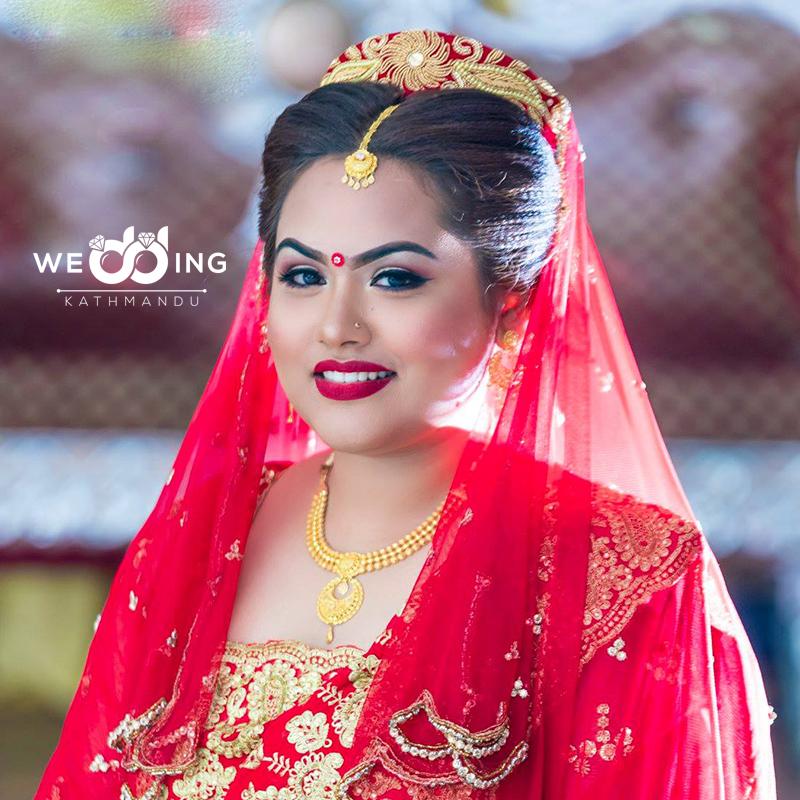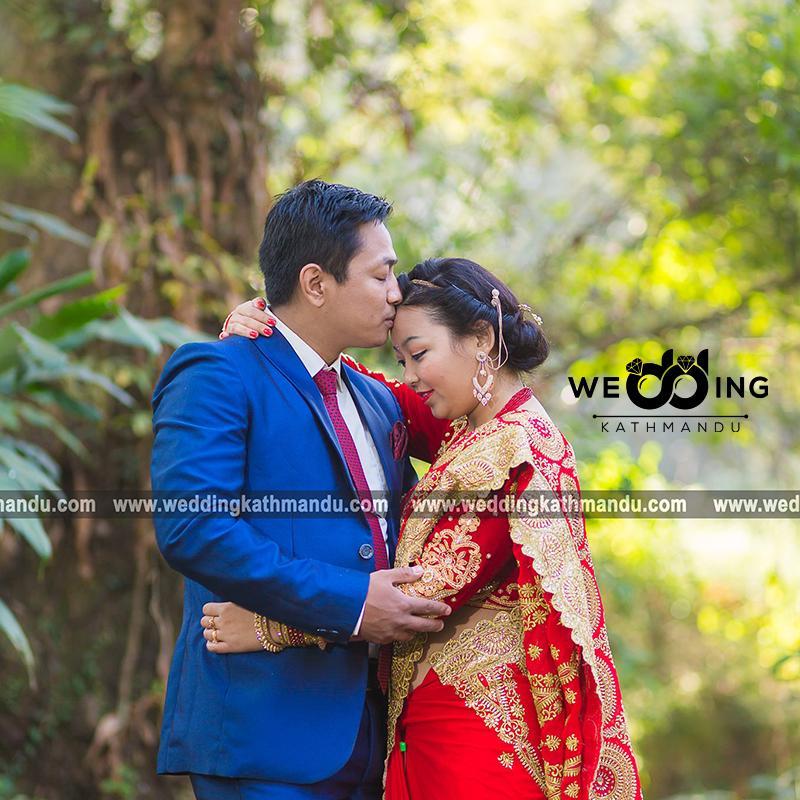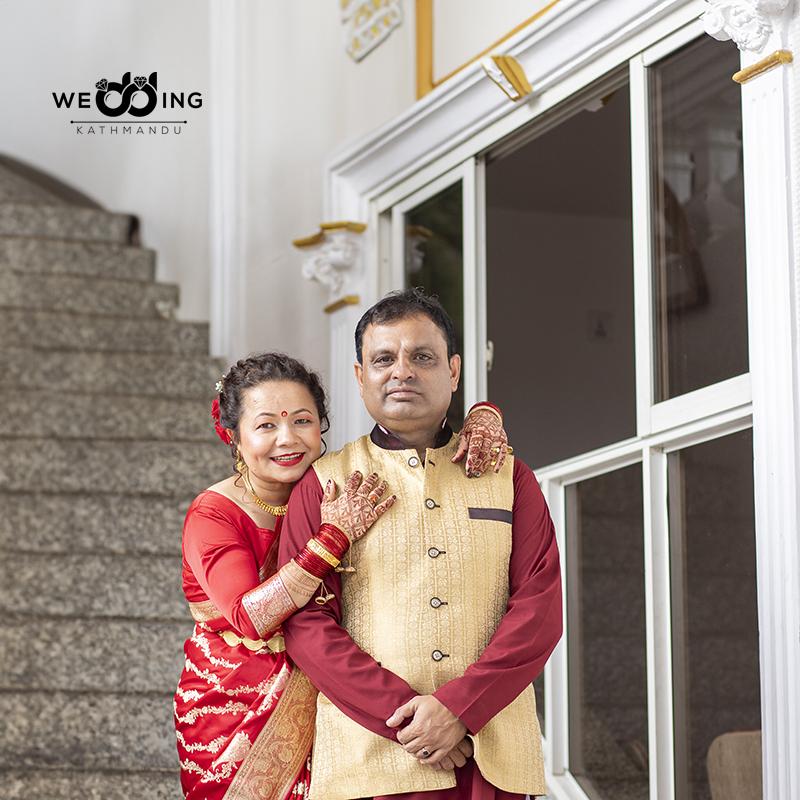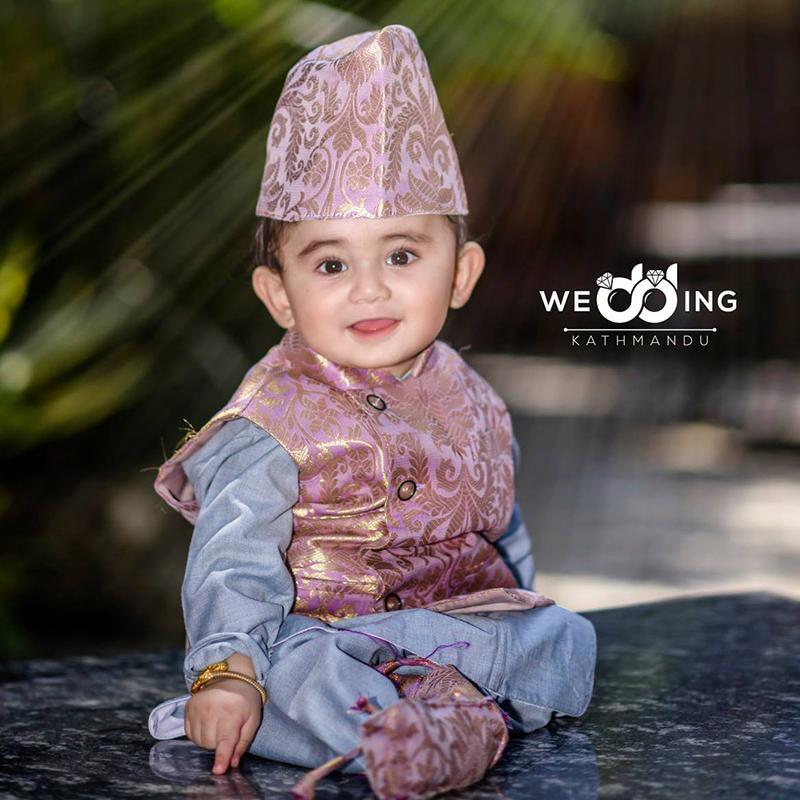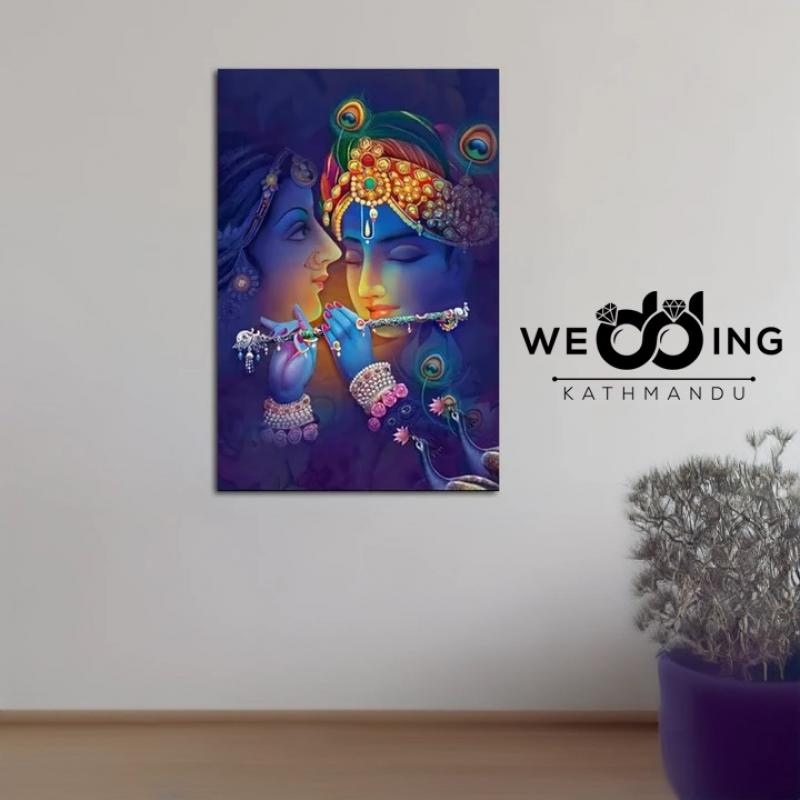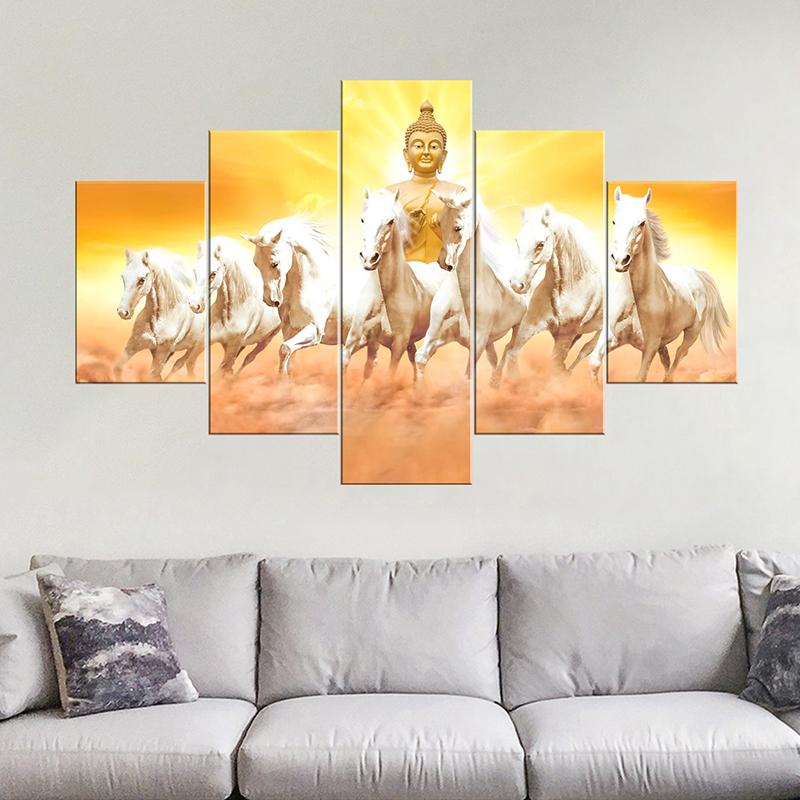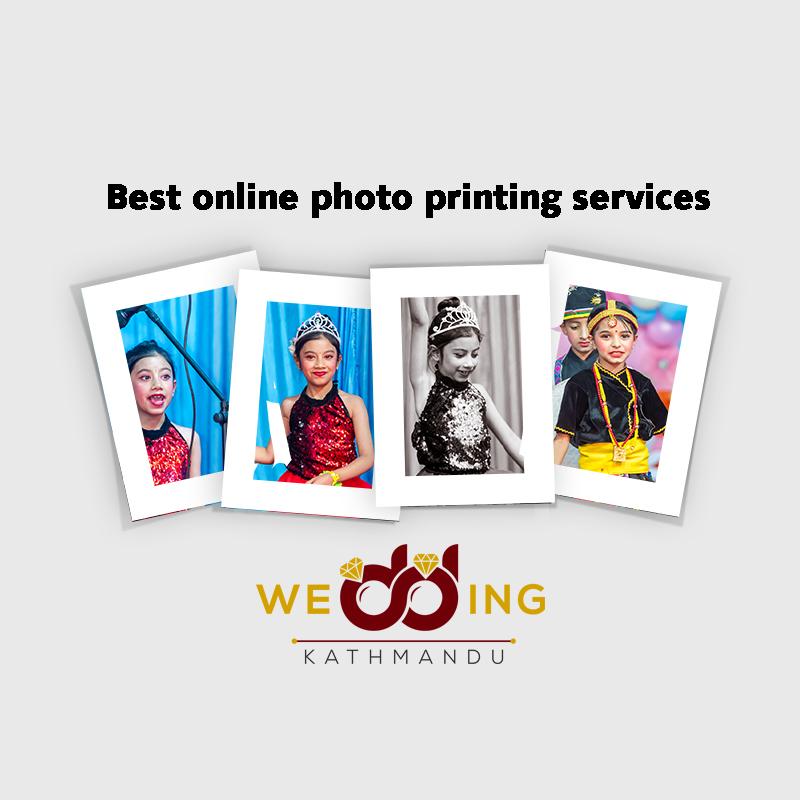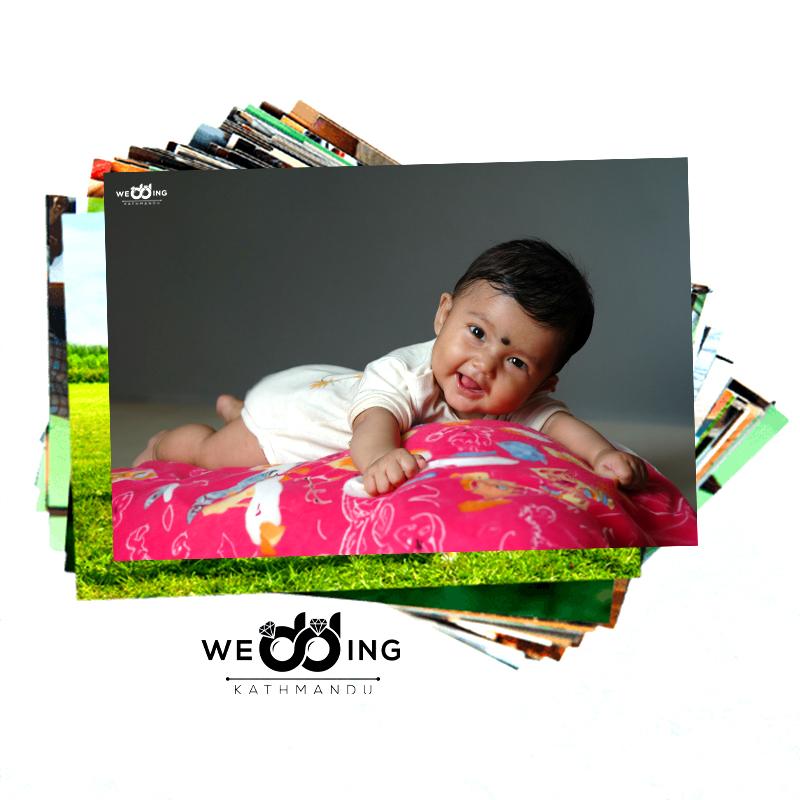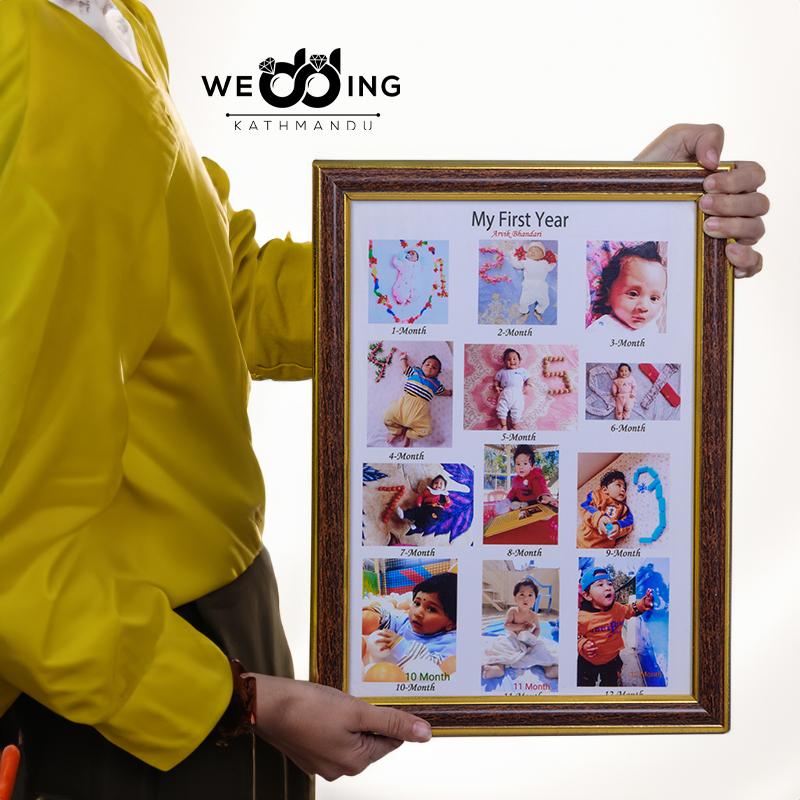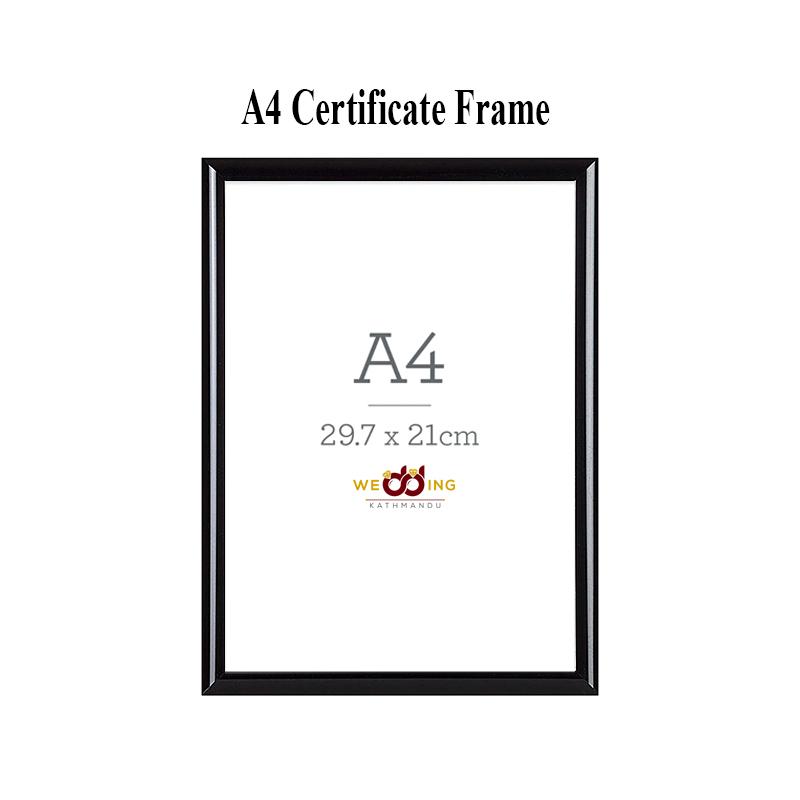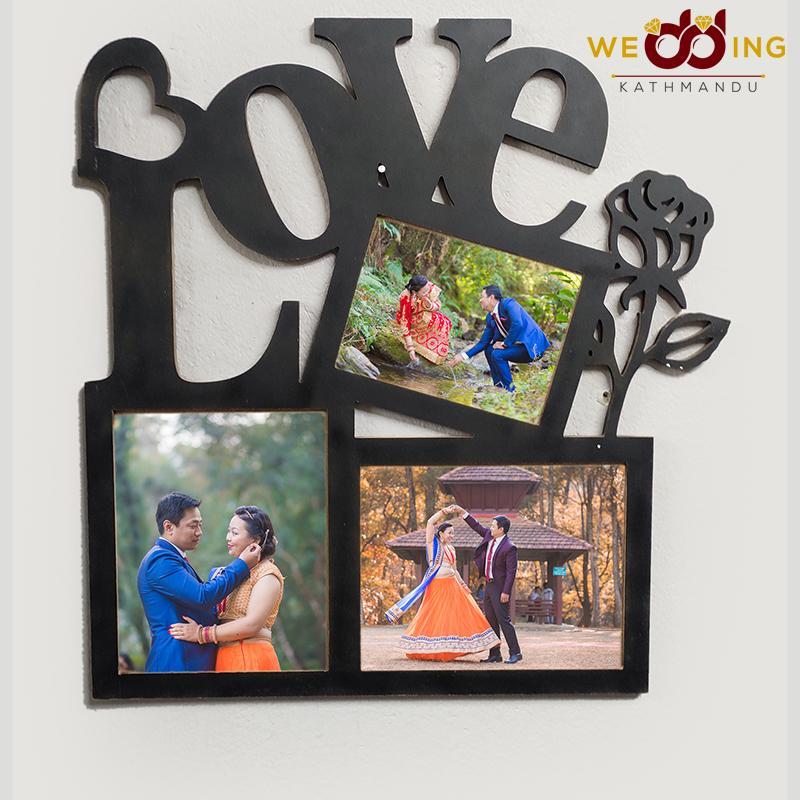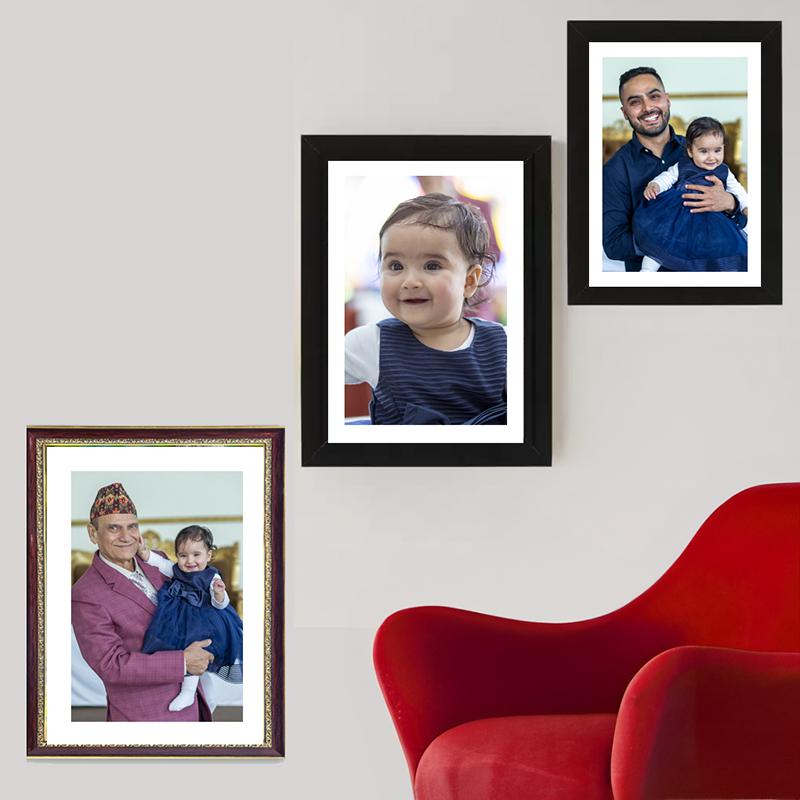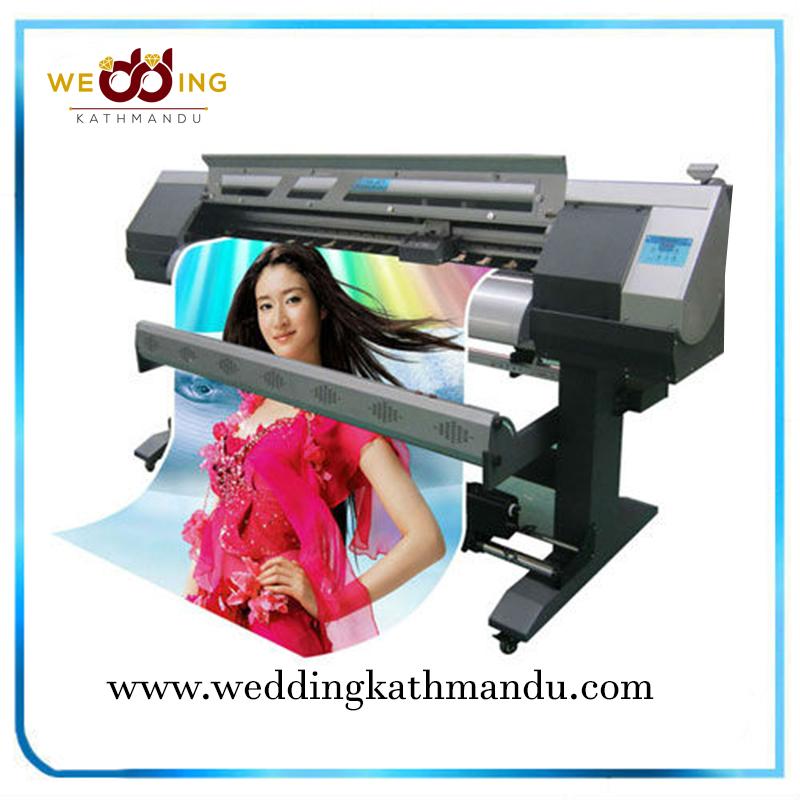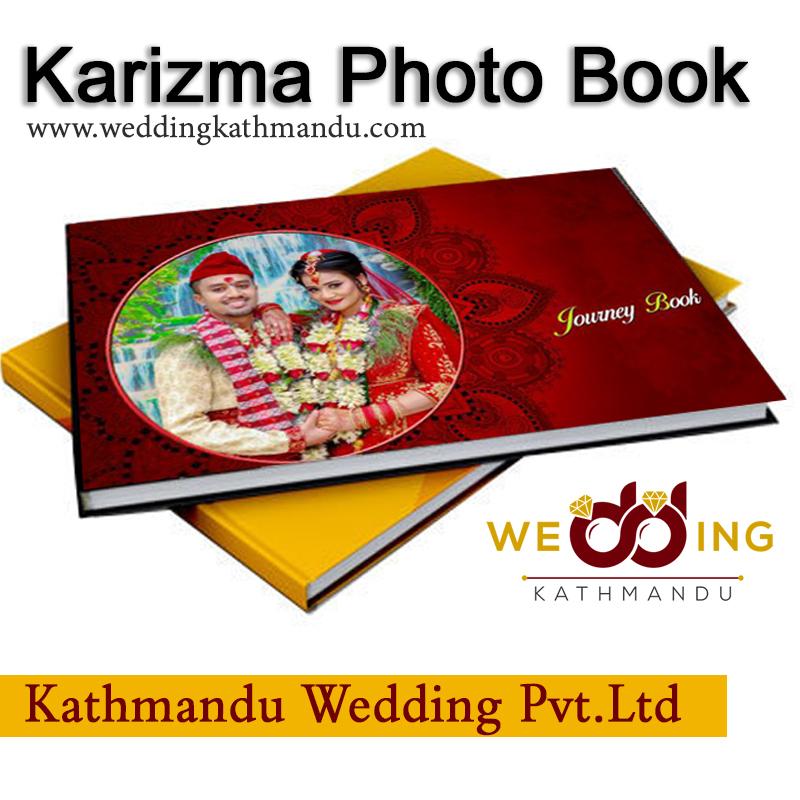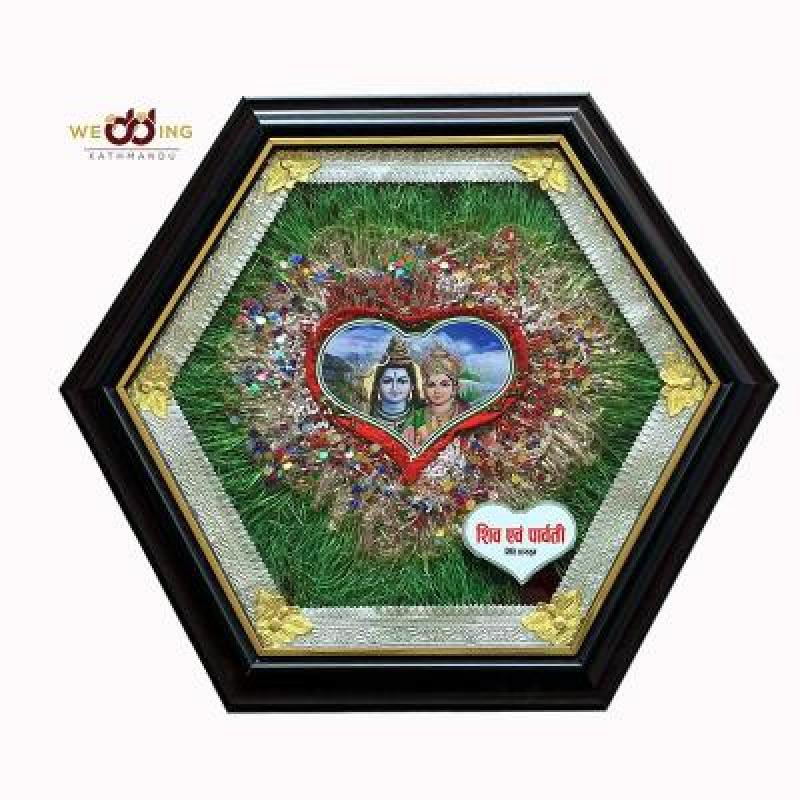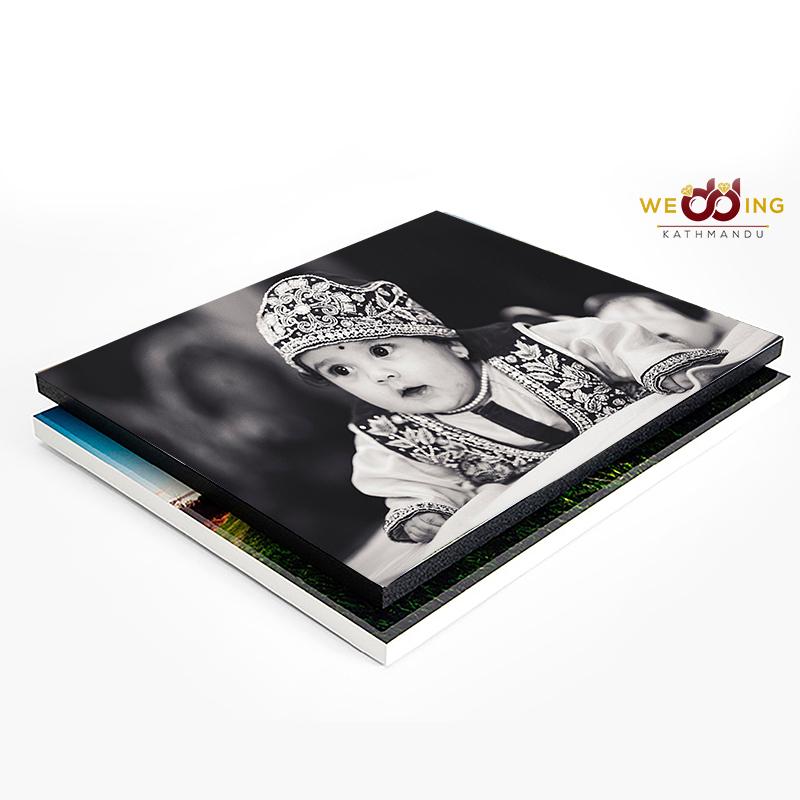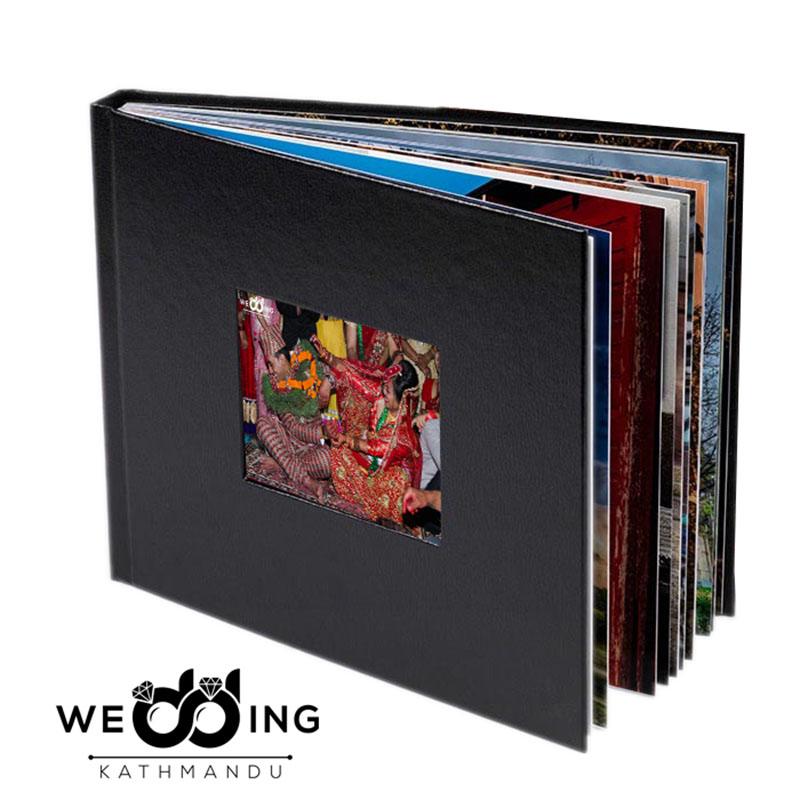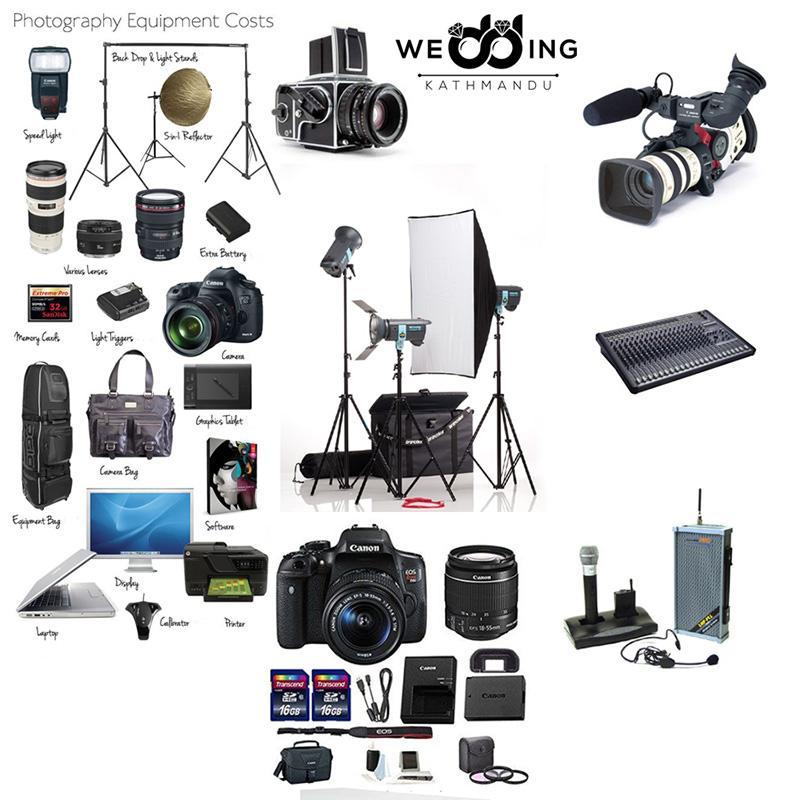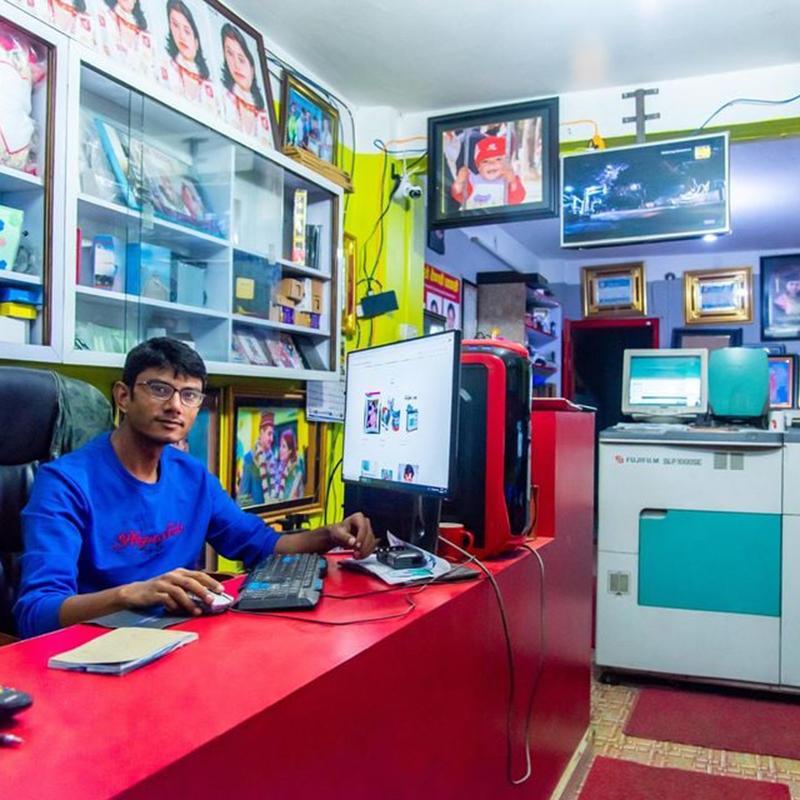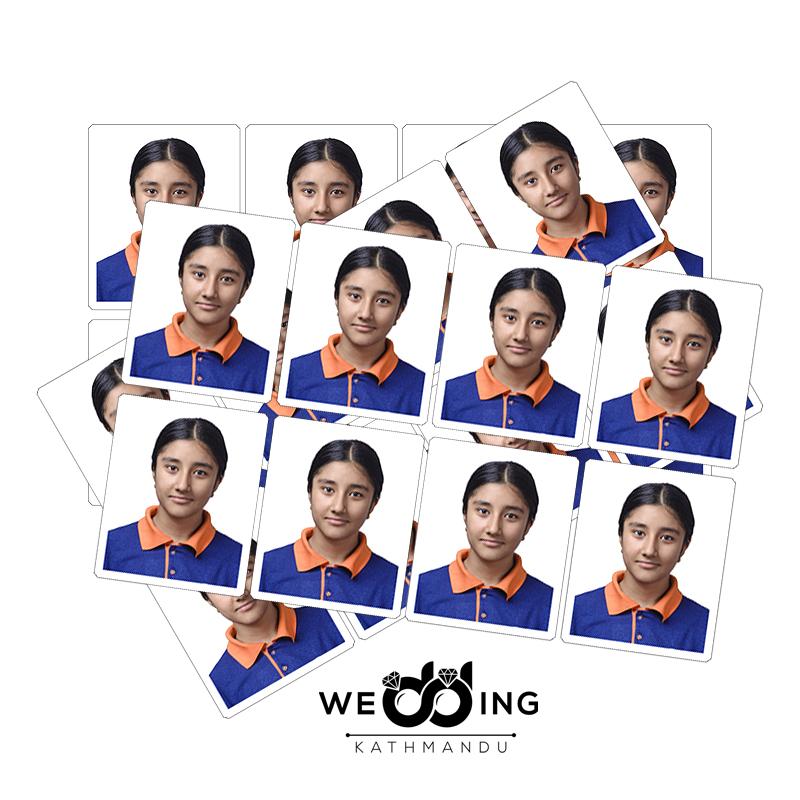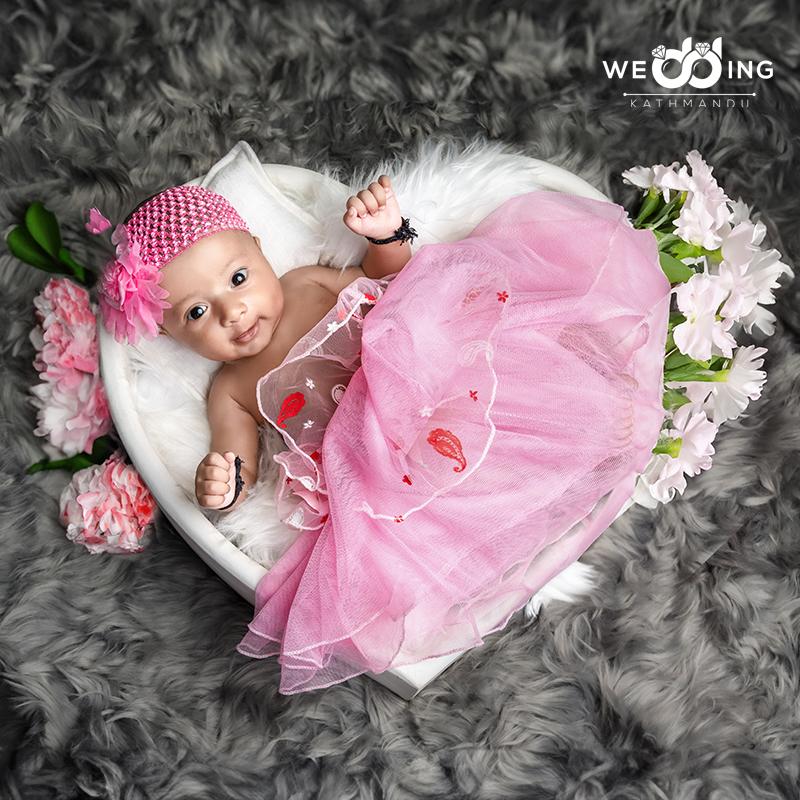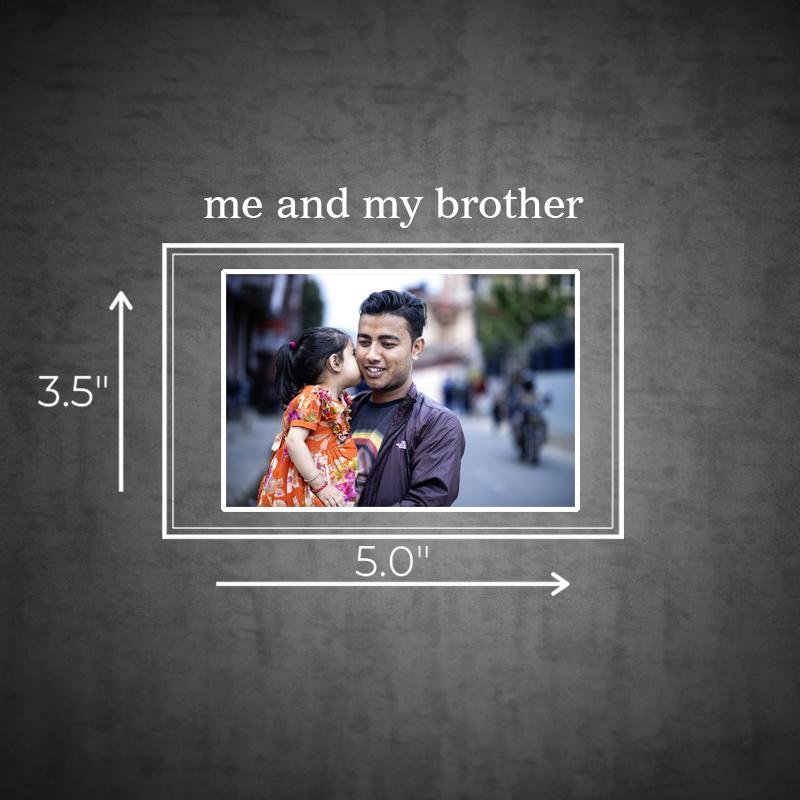Standard Photo Sizes:
Making Sense of Photograph Print Sizes
Are you confused about standard photo sizes? Do you struggle to determine what typical photo sizes are used by printing companies or (even more confusing!) social media? Unfortunately, there are a whole lot of different photo sizes, and they’re not always easy to understand.Fortunately, we’ve got you covered.Because this article tells you everything you need to know about standard photo sizes, and how you should apply them to your own photography.
Two Different Standard Photo Sizes for Printing
Here’s the first thing you should know about standard photo sizes:
There are two broad groups of photo dimensions. You may be familiar with one of them from using inkjet or laser printers; these sizes are referred to as A0, A1, A4, etc, and are part of a system offered by the International Standard Organization (ISO).

Size of series A paper sheets comparison chart, from A1 to A8 format in millimeters
But the second set of dimensions is the one we’re interested in. They’re the widths and heights used by photo labs pretty much everywhere, and they’re what you get if you go to purchase prints. These dimensions include:
4×6, 5×7, 8×6, 8×12, 10×13, 10×20, 11×14, 20×20, 16×24, and 20×30.

Origin of Standard Photo Print Sizes
So where do these photo lab sizes come from? How did they get to be the only game in town when it comes to printing?
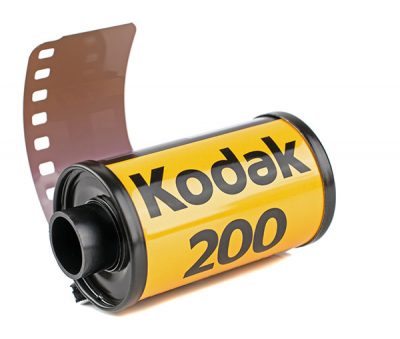
It all has to do with film photography. Back when film photography was big, the most common type of camera used 35mm film. The negatives produced by 35mm cameras had a 3:2 width to height ratio, which was later adopted by many digital camera companies.
That’s how you end up with sizes such as 4×6 and 20×30. They mirror the 35mm aspect ratio. And plenty of other aspect ratios have been developed that fit very closely to 4×6, such as 5×7, 8×10, 11×14, and more.
Standard Photo Print Sizes and Aspect Ratio
I’ve been talking a lot about typical print sizes and their aspect ratios. But it’s important to note that the aspect ratio is simply the ratio of width to height, generally written as 3:2, 4:3, 16:9, 1:1, etc.
As I mentioned before, 3:2 is a common aspect ratio for basic printing. But 4:3 is common for smartphone cameras, 1:1 is common on the web (especially Instagram), and 16:9 is common in video or for panorama prints.

Standard Photo Print Sizes and Digital Photography
Most popular digital cameras use sensors with a 3×2 aspect ratio and produce 3×2 images. So if you’re looking to print or post your photos using a different aspect ratio, you’ll need to do a bit of cropping before you export them.
Fortunately, there are plenty of image editing programs, such as Adobe Lightroom and Adobe Photoshop, which will allow you to crop specifically to various common aspect ratios.
On the other hand, it can sometimes be frustrating to switch between various aspect ratios when thinking about composition. You don’t want to compose in 3:2, only to decide later that you’d like an 8×10 print of the image–because you’ll be forced to crop the shot into a 5×4 aspect ratio, which will cut off the edges of your composition.

